009. Haworthia Attenuata ‘Zebra’
Shipping from Lembang, West Bandung, West Java, Indonesia
Pot diameter 8 cm
Pot height 7 cm
Package weight include pot and media 350 gram
Package weight without pot and media 80 gram
Click Add to cart to shop directly from this website or text us through contact detail above
——-
Pengiriman dari Lembang, Bandung Barat, Jawa Barat, Indonesia
Diameter pot 8 cm
Tinggi pot 7 cm
Berat paket dengan pot dan media 350 gram
Berat paket tanpa pot dan media 80 gram
Klik Add to cart untuk langsung order melalui website atau kontak detail di atas
Haworthia Attenuata ‘Zebra’
Scientific Name :
Haworthia attenuata (Haw.) Haw.
Common Names :
Zebra Plant, Zebra Haworthia
Synonyms :
Haworthia attenuata var. attenuata, Apicra attenuata, Aloe clariperla
Scientific Classification
Family: Xanthorrhoeaceae
Subfamily: Asphodeloideae
Genus: Haworthia
Description :
Haworthia attenuata is a stemless clustering perennial succulent, up to 6 inches (15 cm) tall. The rosettes are up to 6 inches (15 cm) in diameter, with 30 – 40 dark green leaves, up to 3 inches (7.5 cm) long with white tubercles. The Inflorescence is up to 16 inches (40 cm) tall, white flower with green veins.
Hardiness :
USDA hardiness zone 10a to 10b: from 30 °F (−1.1 °C) to 40 °F (+4.4 °C).
How to Grow and Care for Zebra Plant :
Native to South Africa, these clump forming succulent plants have similarities with the Aloe plants and they’re related with the same subfamily. There are also subspecies grown.
In their natural habitat (subtropical) Zebra Plants receive plenty of sun and periods without rainfall. Their succulent nature enables them to store water within the thick leaves when there’s no frequent rainfall.
The main difference between the two species (Haworthia fasciata and Haworthia attenuata) is the Haworthia fasciata has smoother inner leaves unlike the Haworthia attenuata that displays tubercles (warty growths). The Fasciata is supposedly more rarer than the Attenuata and seems to have fatter leaves.
Primarily they are grown in gardens. However, they are also grown in greenhouses, conservatories and within homes.
Flowering: If the Zebra Plant blooms appear (may not indoors) they are small tubular white or pink flowers growing from an inflorescence (thin kind of stem).
Foliage: The Zebra Plant forms a rosette of leaves. These leaves are very thick and patterned with Zebra like white stripes or tubercles that look like warts. They’re a clump forming plant in the wild so they can be grown with several or as many as you like in one container.
Growing Conditions :
Temperature: 65°F – 80°F (8°C – 26°C) temperatures are very good and not much below 50°F (10°C).
Light: Display Zebra Plant anywhere it can receive plenty of sun or bright light. South facing windows will provide the most sun, however, east or west provide direct sun part of the day that I find more suitable.
Water: During the growing season from April to September water the Zebra Plant thoroughly and then water when the soil becomes dry to the touch (not bone dry though). Winter is a tricky time for these plants although they are a tough species. Many growers will overwater then alongside cold temperatures or drafts the plant can become very sick, or even die. The leaves are storage organs so during the winter water much less and allow the top soil to dry out.
Soil: Use a cactus potting mix that drains wells and provides plenty of air to the small roots. If making you own mix or buying another type, use part potting soil, part perlite and part sand.
Air Humidity: Normal room humidity will suffice.
Fertilizer: From April to September you can feed Zebra Plants with a diluted liquid fertilizer once every month. Do not feed during winter.
Repotting :
Once the Zebra Plant outgrows the pot you can repot, during spring. Only move to a slightly bigger pot. Every two years I would renew the soil even if repotting is not required.
Propagation :
Zebra Plants are propagated in the same way as Aloe plants. Propagate with a couple of inches of leaves, letting the wound heal for a couple of days before planting (let them dry out). They also produce pups (offsets) that can be removed from the mother plant and replanted. Either method you should water the soil once and then wait to see a small sign of new growth to prevent killing them with overwatering.
How to Remove Offsets From a Zebra Plant :
Commonly called Zebra Plant, Haworthia attenuata is a cold-sensitive succulent species grown for its eye-catching, green and white textured leaves. It is hardy within U.S. Department of Agriculture hardiness zones 10 and above and will produce an abundance of offshoots, or pups, once established in a sunny bed. The offshoots provide a simple and highly effective means of propagating new Zebra Plants if they are carefully removed and potted in a suitable growing mix. However, they should only be removed in spring or autumn when the plant is not actively growing, to reduce stress to both the offshoots and the parent plant.
Locate the rooted offsets around the base of the zebra plant. Carefully scrape away the soil from around the base of the offshoots and look for small, pale pink or white roots.
Insert the blade of a gardening knife into the soil midway between the parent plant and the rooted offshoot. Slide the blade through the soil to sever the connecting root.
Etch out a 2-inch radius in the soil around the base of the rooted offshoot using the tip of your gardening knife. Dig down along the radial line to a 5-inch depth using a small handheld spade.
Insert the blade of the handheld spade at an angle underneath the rooted offshoot. Carefully pry it loose from the soil and remove it. Fill in the hole left by the offshoot to protect the parent plant’s roots.
Crumble off half the soil from around the offshoot’s rootball. Pot it in a small, 3- to 4-inch nursery container. Use a potting mix made up of 2 parts perlite, 2 parts coarse sand and 1 part sterile compost.
Place the potted zebra plant offshoot where it will receive bright, diffuse light and temperatures above 68 degrees Fahrenheit, such as in a glasshouse, cold frame or indoors near a south-facing window.
Withhold watering for the first three days. Water only until the soil feels barely moist in the top inch. Maintain light, even moisture in the soil mixture, but allow it to dry out for a day or so once a week.
Origin :
Native to South Africa (Eastern Cape).
Subspecies, Varieties, Forms, Cultivars and Hybrids :
Haworthia attenuata var. radula
Haworthia attenuata f. variegata
Shipment
Our Works
TERMS AND CONDITIONS :
- Before being shipped, plants will undergo a drying process to prevent decay during the shipping journey. The duration of drying for shipments within Indonesia is 24-48 hours, while for international shipments, it may take up to 30 days (to prepare the plants and process export documents).
- Our packaging standard for shipments involves using sturdy cardboard boxes. The boxes will be perforated for plant air circulation and will not be fully sealed to avoid decay. Succulents will be wrapped in paper or tissue and will be provided with extra protection for certain plant types. For international shipments, there is no additional fee for the issuance of a Phyto Certificate if sent via DHL.
- The succulents you receive may differ from the product photos. The product photos we display are for illustration purposes only. The shape, flowers, and size of succulents may vary slightly (larger or smaller), although the ones we send are the same as those seen in the product photos.
- For international shipments, we cannot guarantee that the plants you order will arrive in good condition at your address due to different customs regulations in each country. This may result in longer delivery times. Please check your customs regulations before placing an order.
- For international orders, the minimum order is Rp. 2,500,000 / USD 166. Minimum order for orders within Indonesia is Rp 100,000 / USD 6.
- By deciding to make a purchase, you indicate your understanding of all customs regulations. Please add notes in the order notes column if you have specific instructions for your order. And provide guidance on what is required by your quarantine procedures.
- For international orders, we require your import permit to process the Phyto Certificate application with the Ministry of Agriculture and Quarantine Agency. If you do not have an import permit, we cannot process your Phyto Certificate application. However, if your country does not require an import permit for receiving plant shipments, please attach an official link explaining this rule from your country. Also, provide clear instructions on ADDITIONAL DECLARATION and TREATMENT in your Phyto Certificate.
- We cannot control customs actions. Therefore, we are not responsible for any unilateral decisions by customs that may occasionally lead to the detention or return of your package, even if we have completed it with official documents from the required Indonesian quarantine office as needed by customs officers in your country. NO REFUNDS. Updated : January 30, 2024.
———
SYARAT DAN KETENTUAN :
- Sebelum dikirim, tanaman akan dilakukan proses penjemuran terlebih dahulu agar tidak membusuk selama perjalanan pengiriman. Lamanya penjemuran untuk pengiriman Indonesia adalah 24-48 jam, sementara untuk pengiriman internasional memerlukan waktu hingga 30 hari (untuk menyiapkan tanaman serta memproses dokumen ekspor).
- Standar pengemasan kami untuk pengiriman menggunakan kardus karton yang keras. Kardus akan dilubangi untuk sirkulasi udara tanaman dan tidak akan dilakban penuh karena untuk menghindari busuk. Sukulen dibungkus dengan kertas atau tisu dan akan diberikan perlindungan ekstra untuk jenis tanaman tertentu. Untuk pengiriman internasional tidak dikenakan biaya tambahan untuk pembuatan Sertifikat Phyto jika mengirim dengan DHL.
- Sukulen yang Anda terima mungkin berbeda dengan foto produk. Foto produk yang kami tampilkan hanya sebagai contoh. Bentuk sukulen, bunga, dan ukuran sukulen mungkin sedikit berbeda (lebih besar atau lebih kecil), meskipun yang kami kirim adalah sukulen yang sama dengan yang terlihat dalam foto produk.
- Untuk pengiriman internasional, kami tidak dapat memberikan jaminan bahwa tanaman yang Anda pesan akan tiba dalam kondisi baik di alamat Anda karena setiap negara memiliki aturan pabean yang berbeda. Hal ini dapat menyebabkan waktu pengiriman yang lebih lama. Mohon cek aturan pabean Anda sebelum melakukan pemesanan.
- Untuk pesanan internasional, minimal order Rp. 2.500.000 / USD 166. Pesanan Indonesia minimal order Rp 100.000 / USD 6.
- Dengan memutuskan untuk membeli, berarti Anda telah memahami semua aturan pabean. Mohon tambahkan catatan di kolom catatan pesanan jika Anda memiliki instruksi khusus pada pesanan Anda. Dan berikan panduan tentang apa yang diinginkan oleh karantina Anda.
- Untuk pesanan internasional, kami memerlukan izin impor Anda untuk memproses pengajuan Sertifikat Phyto ke Kementerian Pertanian dan Balai Karantina. Jika Anda tidak memiliki izin impor, kami tidak dapat memproses pengajuan Sertifikat Phyto Anda. Tetapi jika negara Anda tidak memerlukan izin impor untuk menerima kiriman tanaman, mohon lampirkan tautan resmi yang menjelaskan aturan tersebut dari negara Anda. Jangan lupa memberikan instruksi yang jelas tentang ADDITIONAL DECLARATION dan TREATMENT dalam Sertifikat Phyto Anda.
- Kami tidak dapat mengontrol tindakan bea cukai. Oleh karena itu, kami tidak bertanggung jawab atas keputusan sepihak bea cukai yang kadang-kadang terjadi, yang dapat menyebabkan penahanan atau pengembalian paket Anda, meskipun kami telah melengkapi dengan dokumen resmi dari kantor karantina Indonesia yang diperlukan oleh petugas bea cukai di negara Anda. TIDAK ADA PENGEMBALIAN UANG. Diperbaharui : 30 Januari 2024.
———
| Weight | N/A |
|---|---|
| Dimensions | 1 × 1 × 1 cm |
| Include Pot and Media or Without Pot and Media | Include Pot and Media, Without Pot and Media |





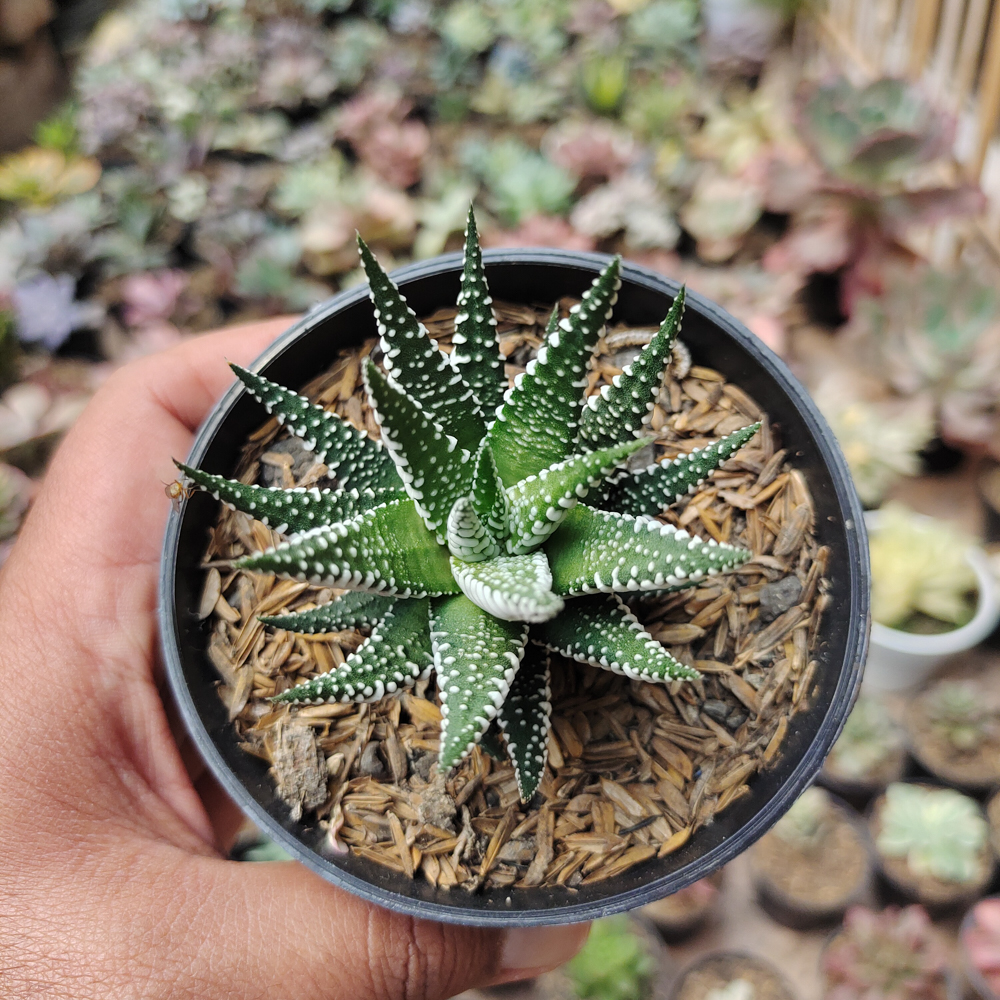







































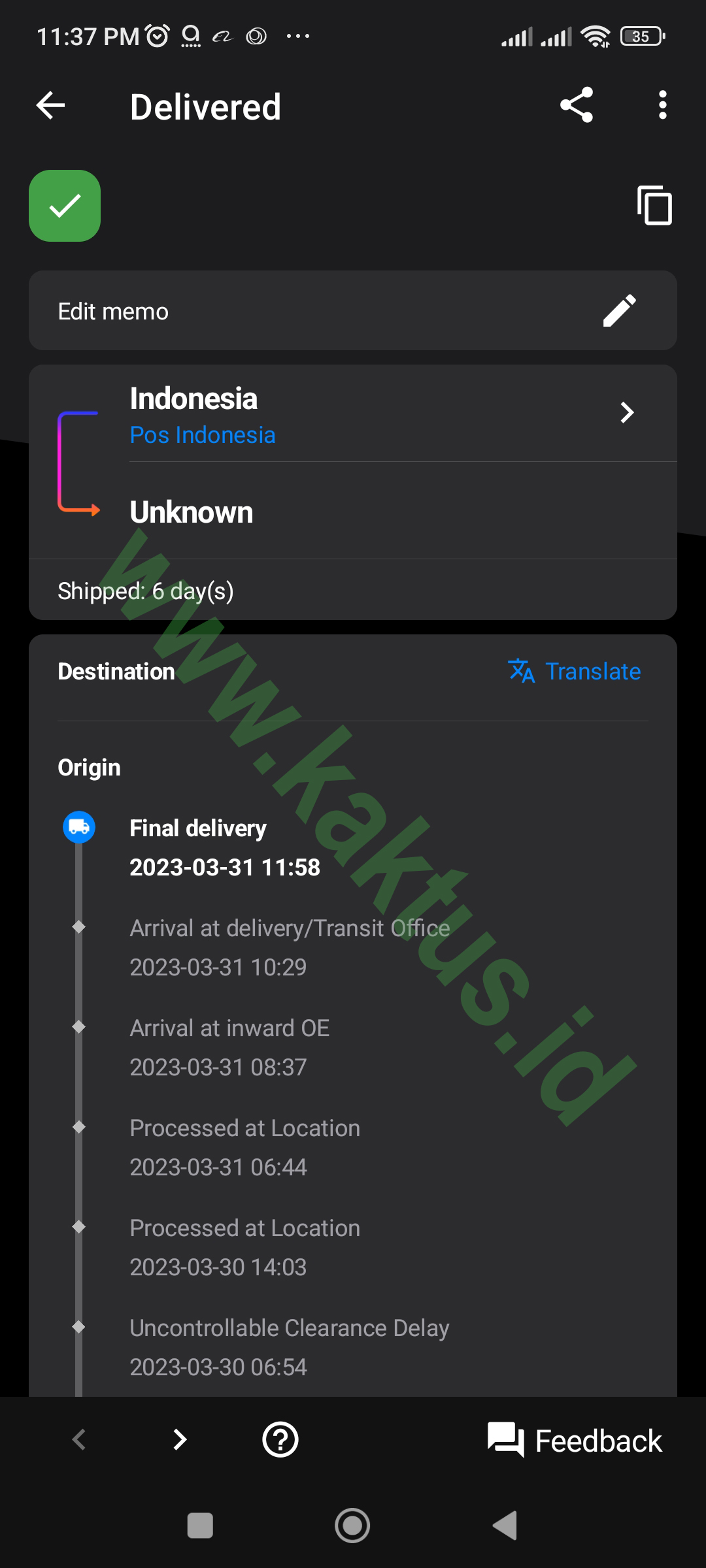































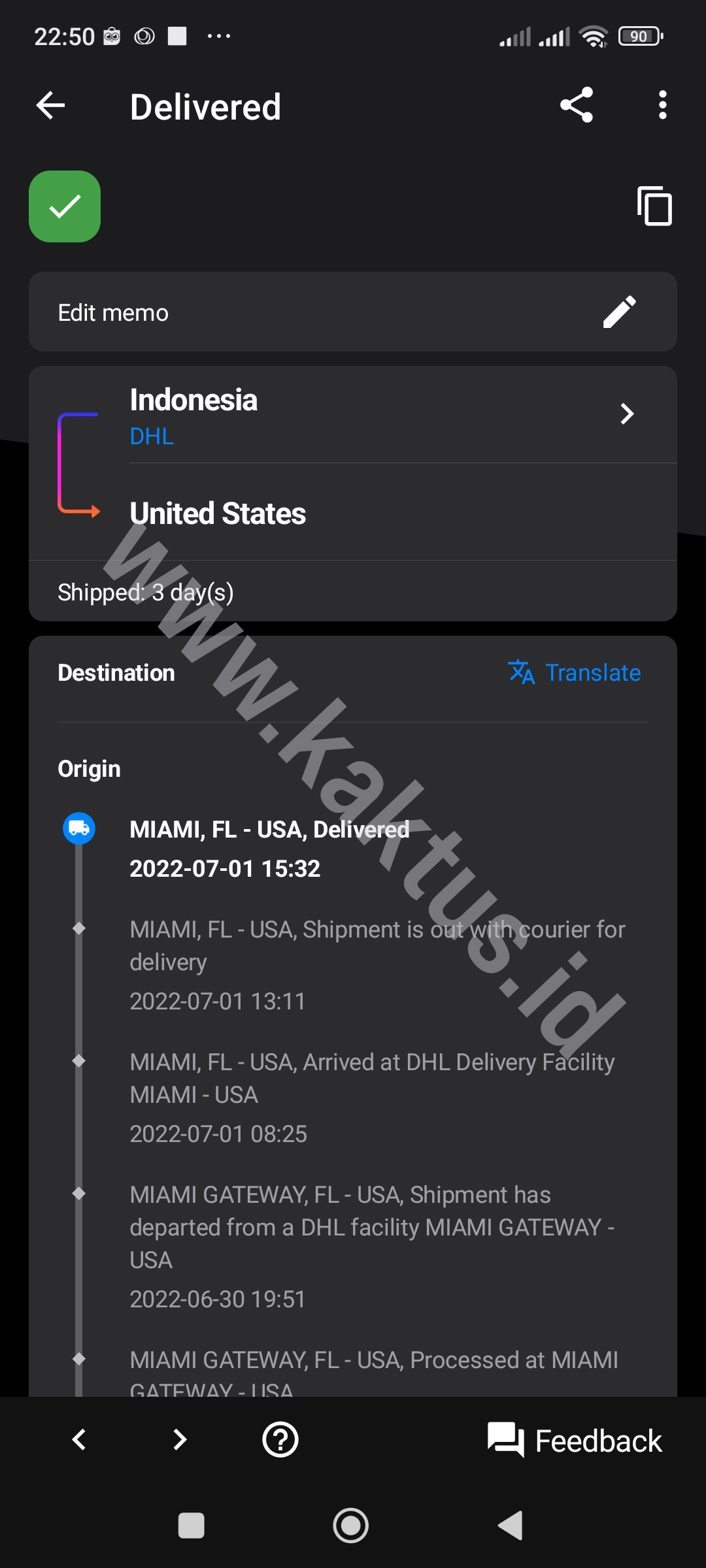




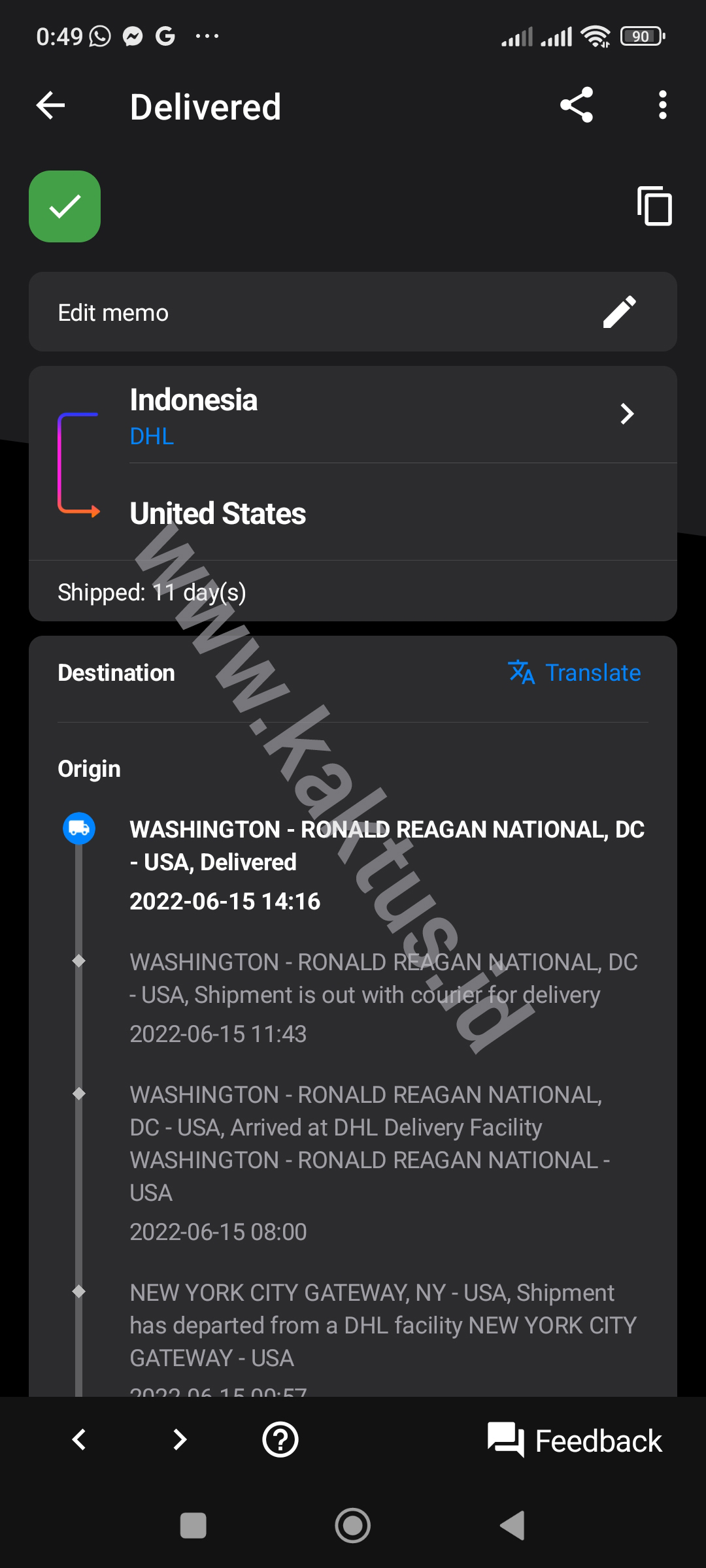











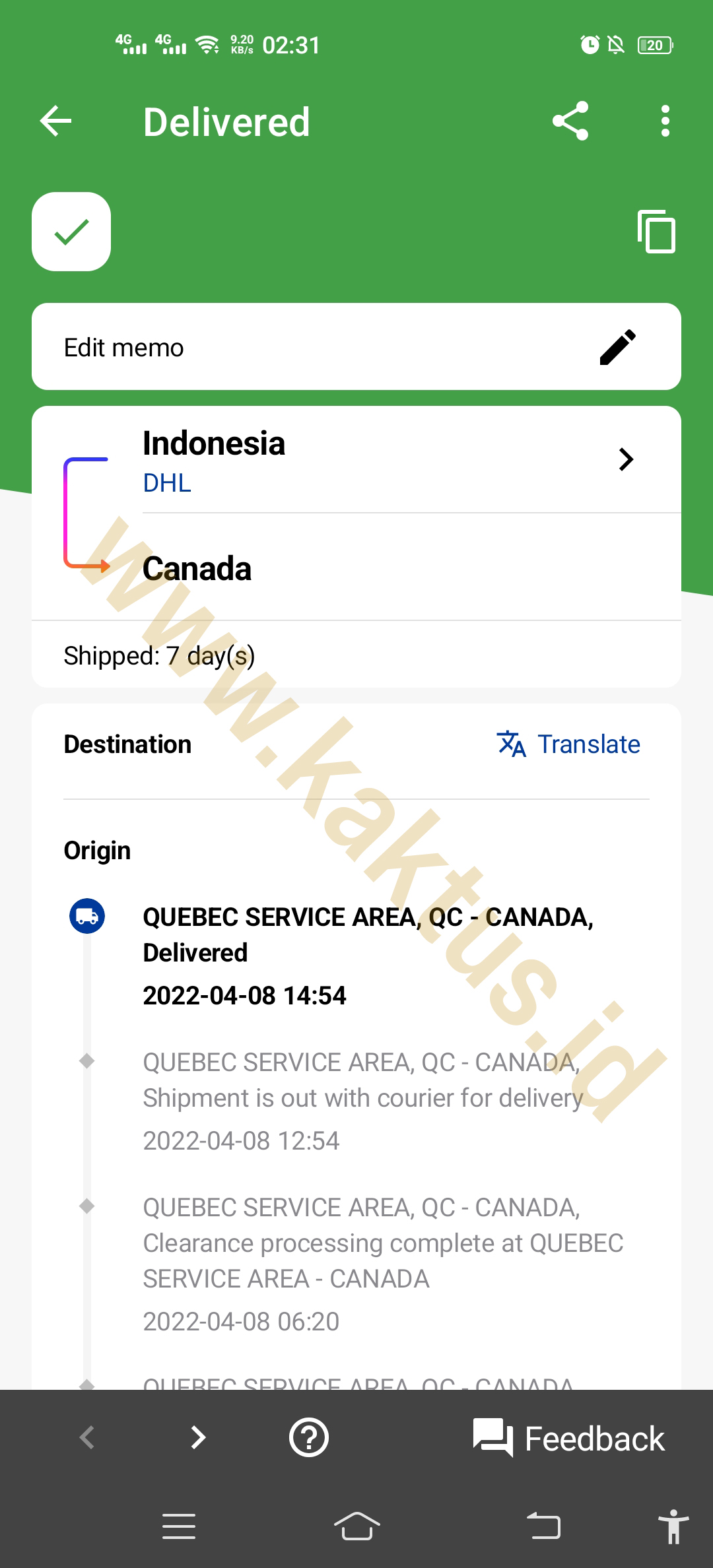



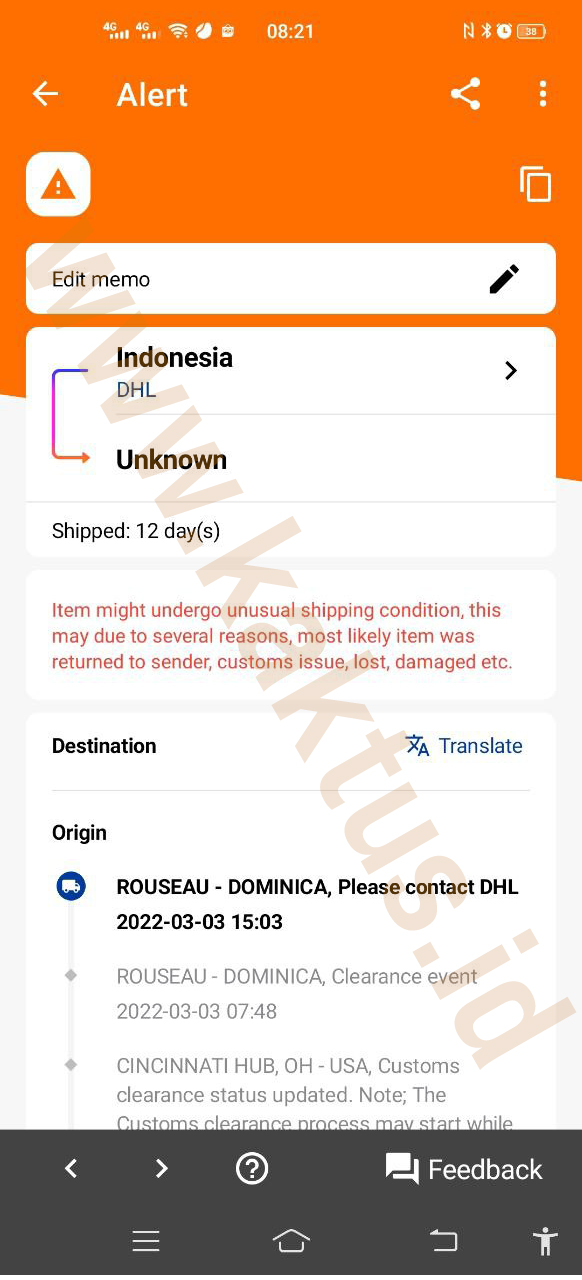

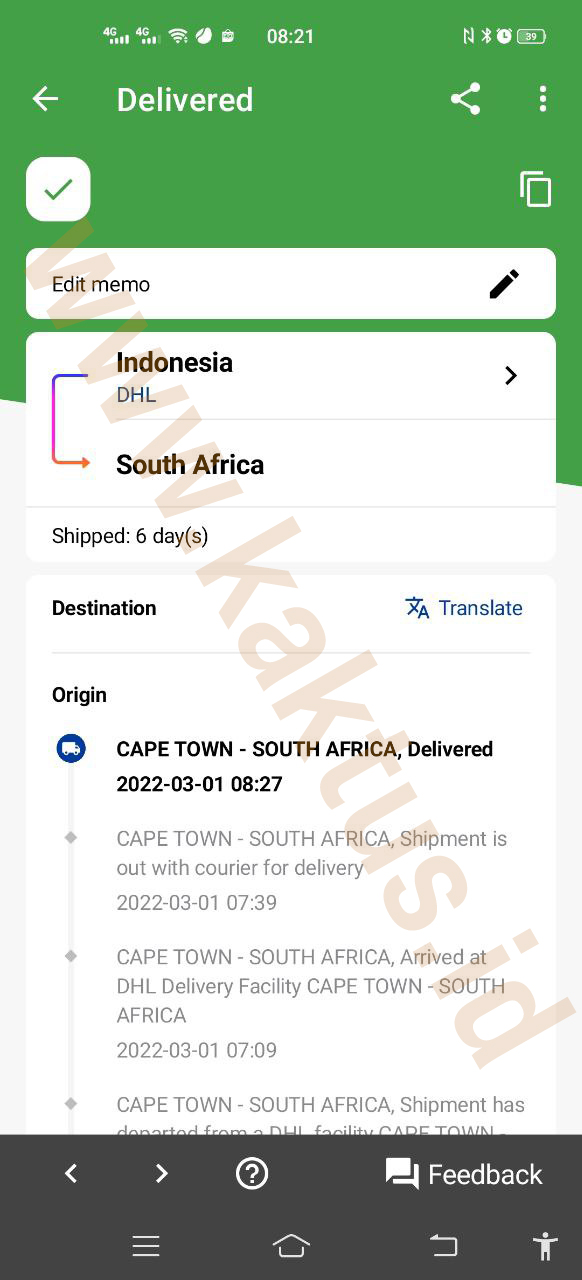



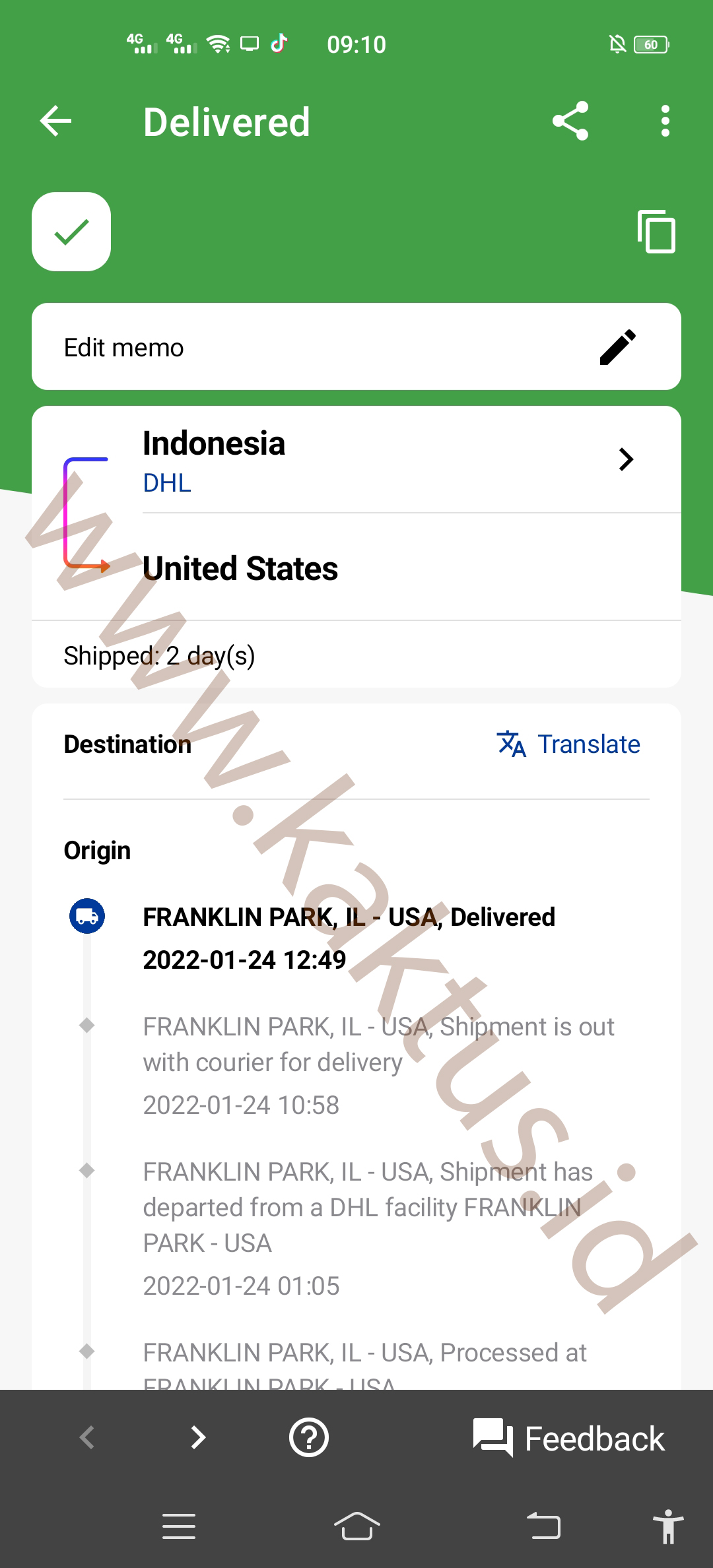














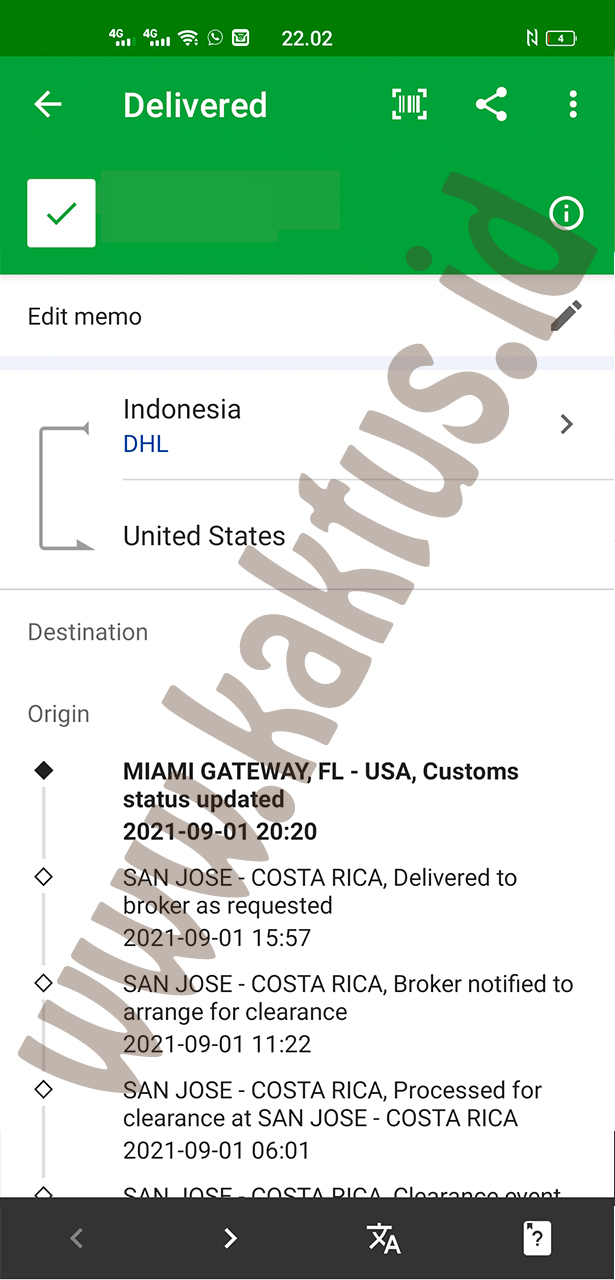

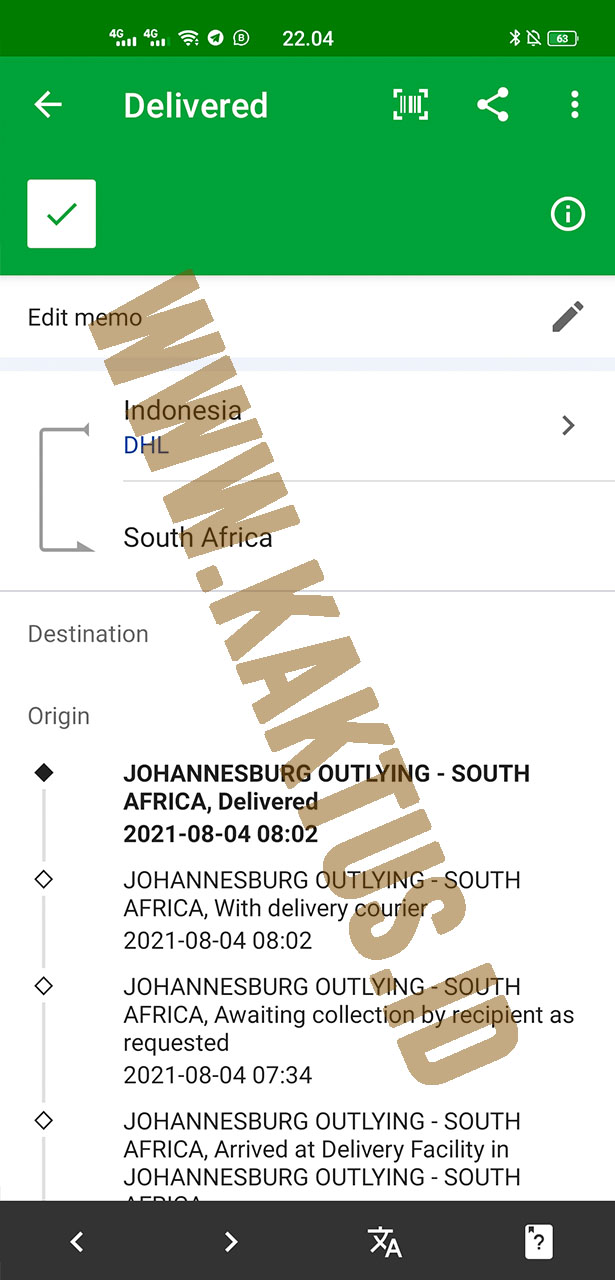



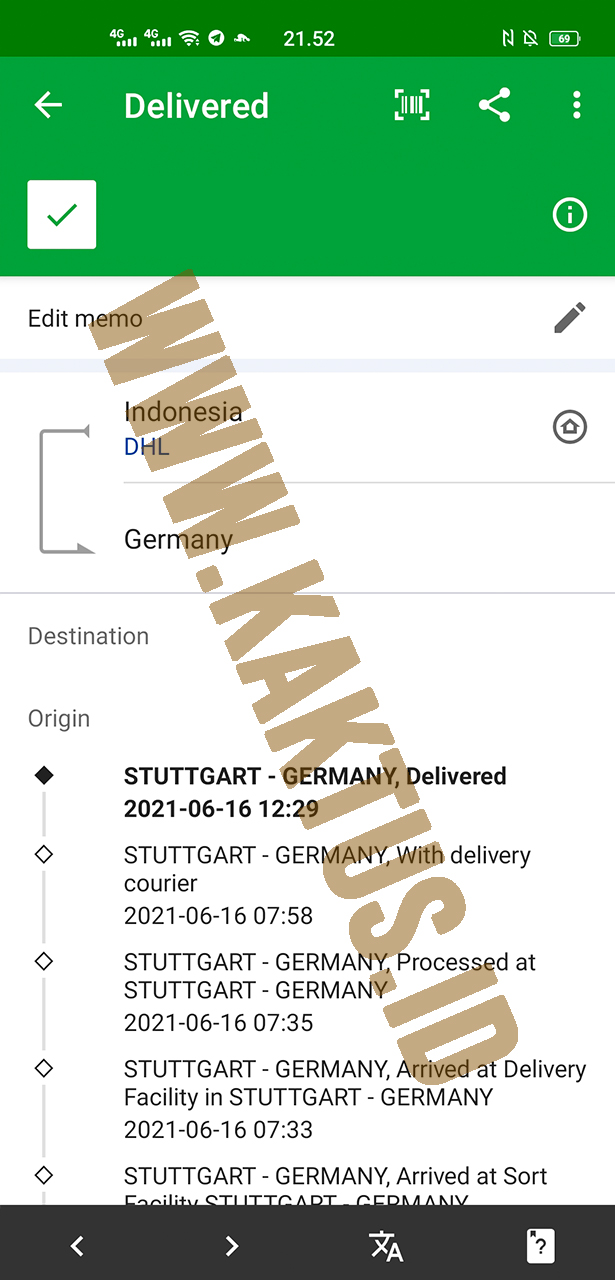















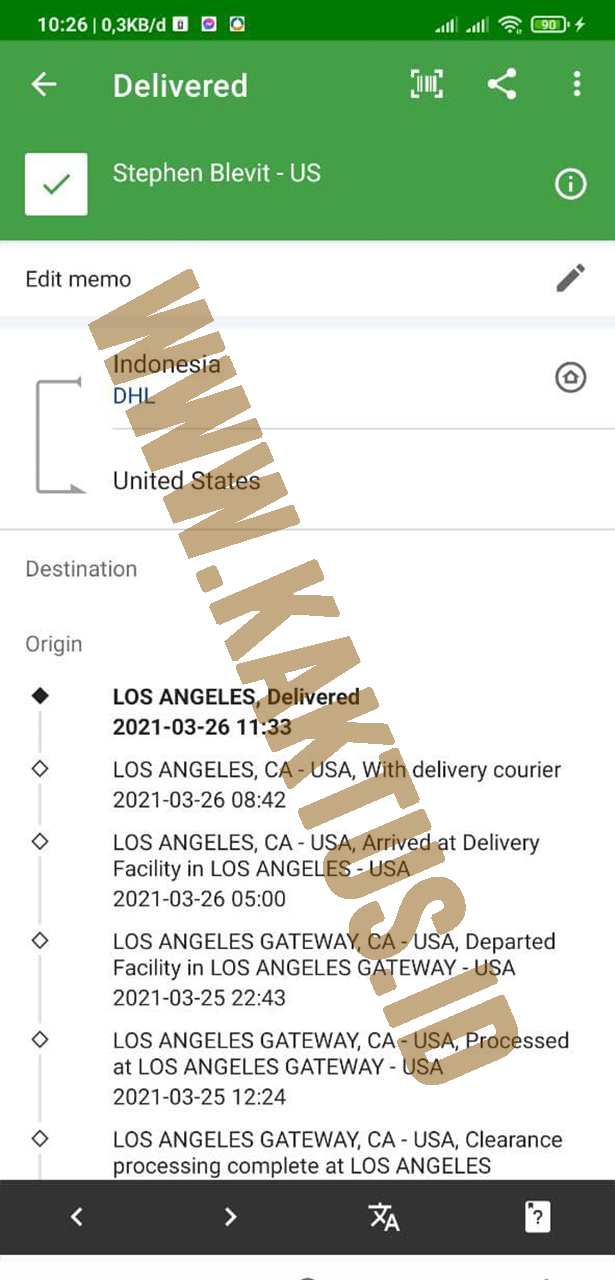



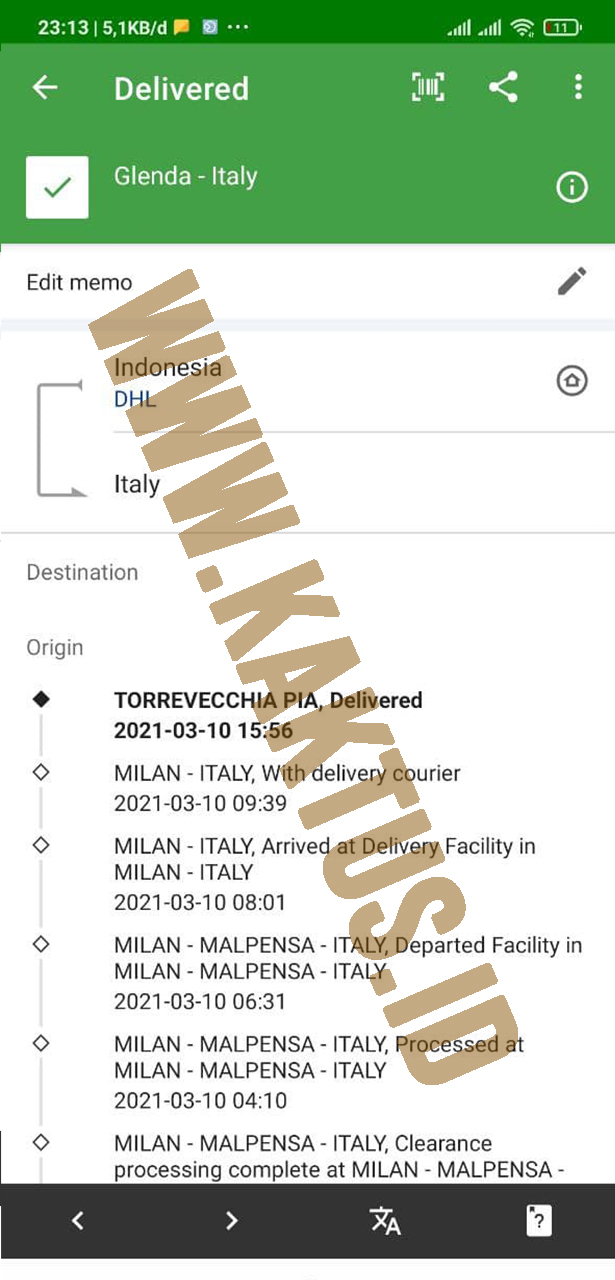

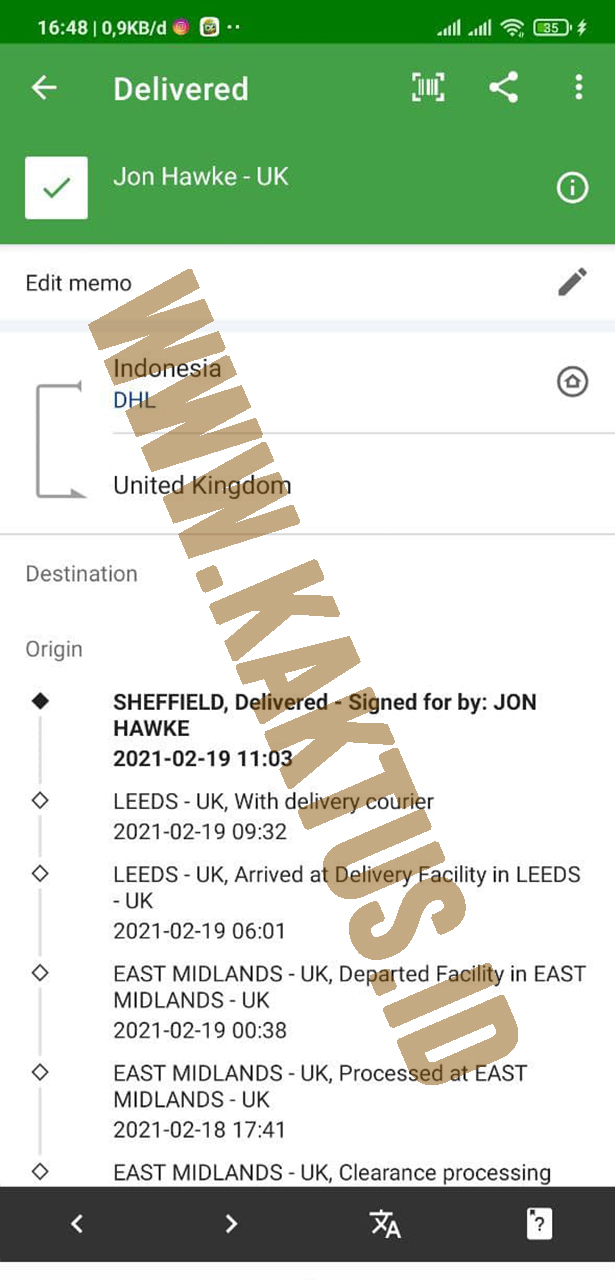





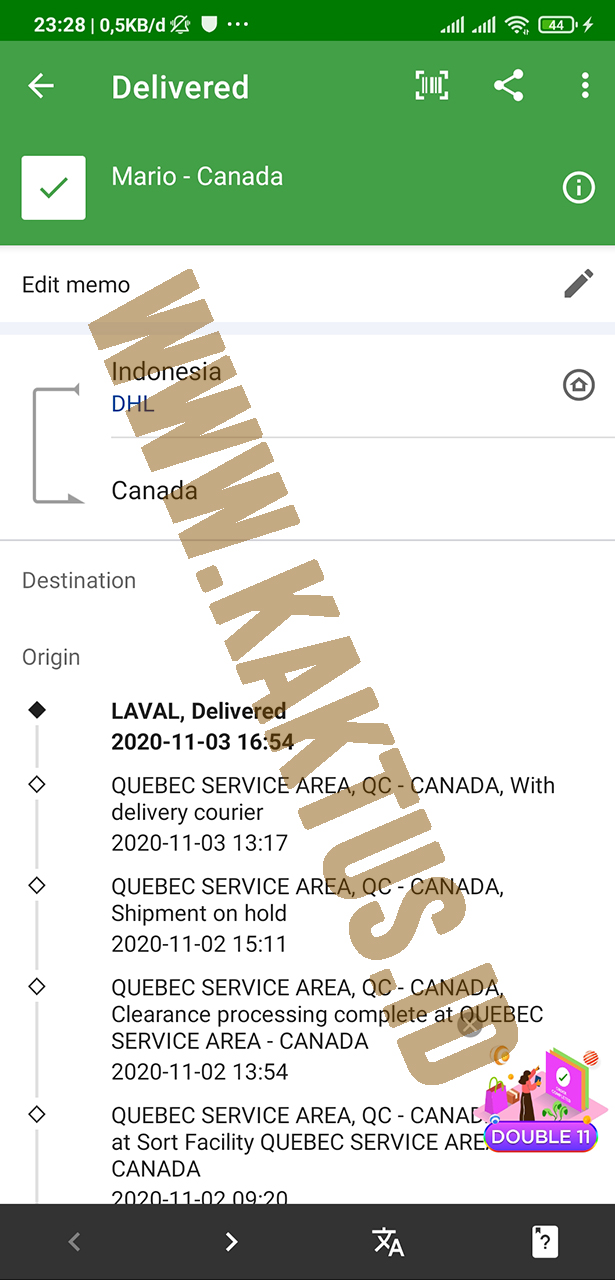
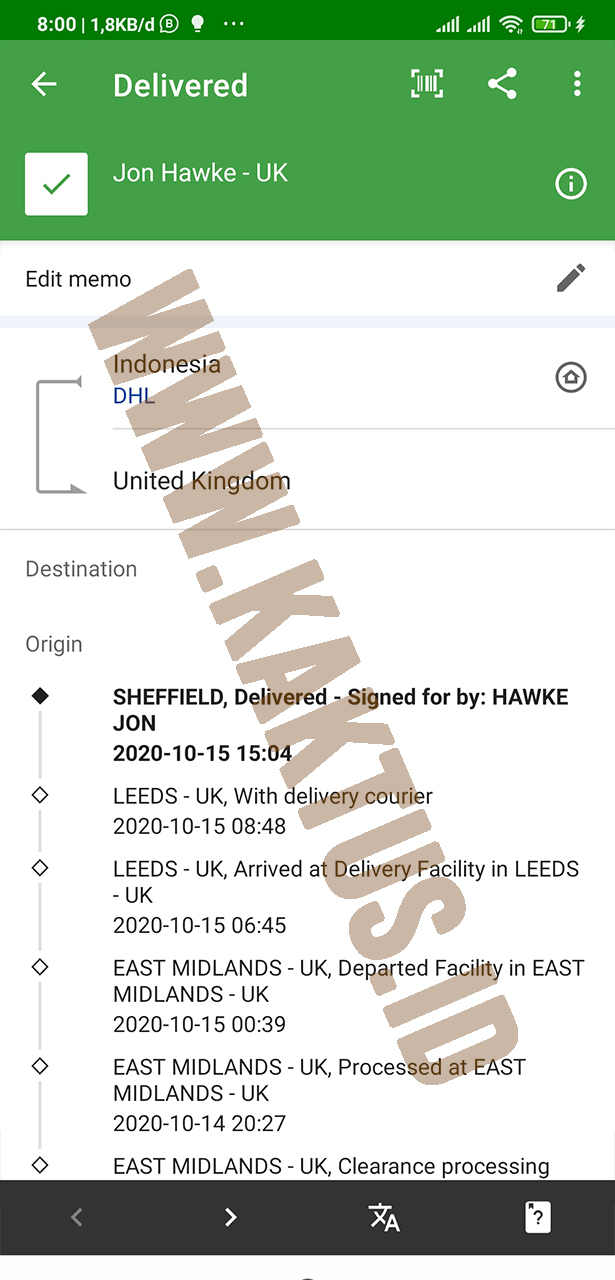








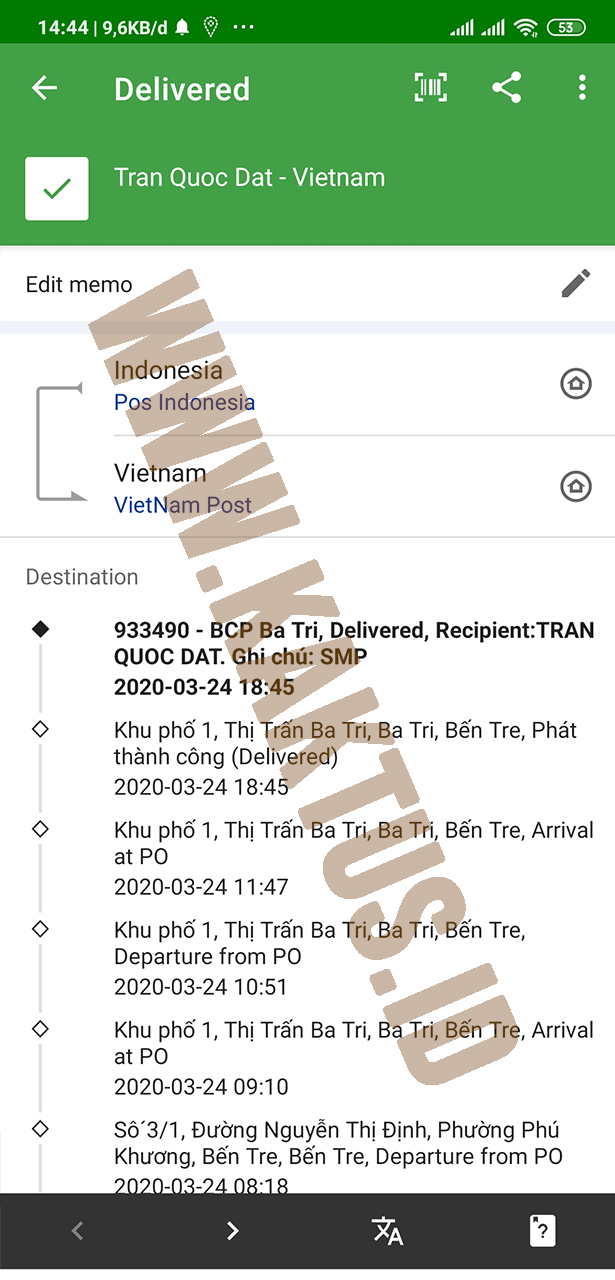








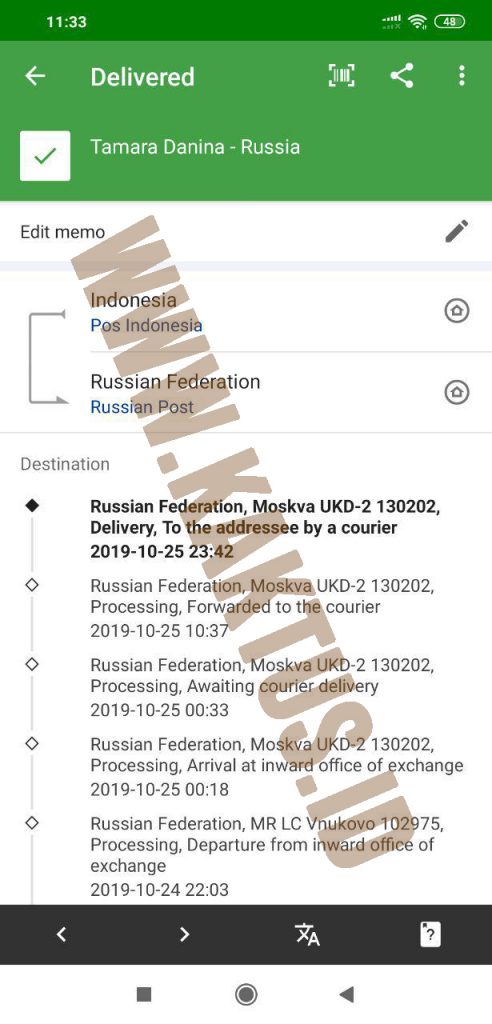



















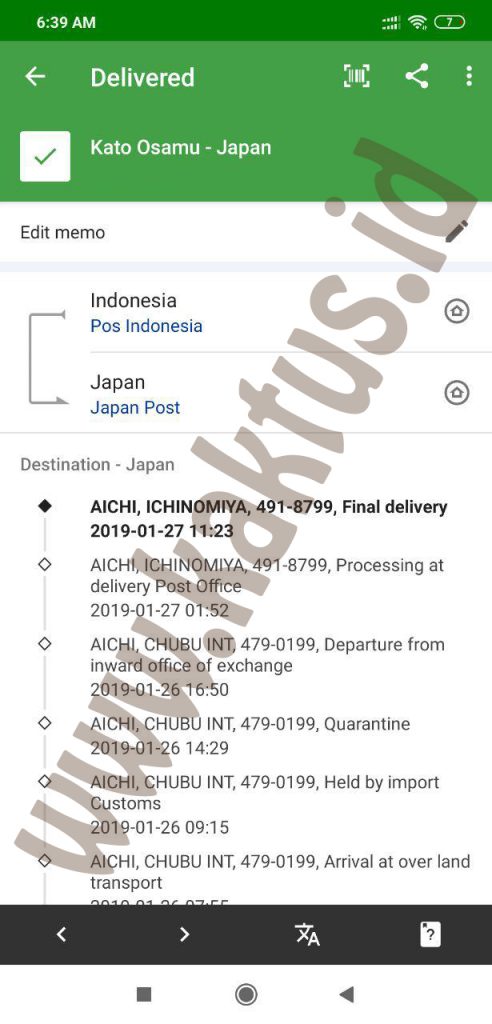




























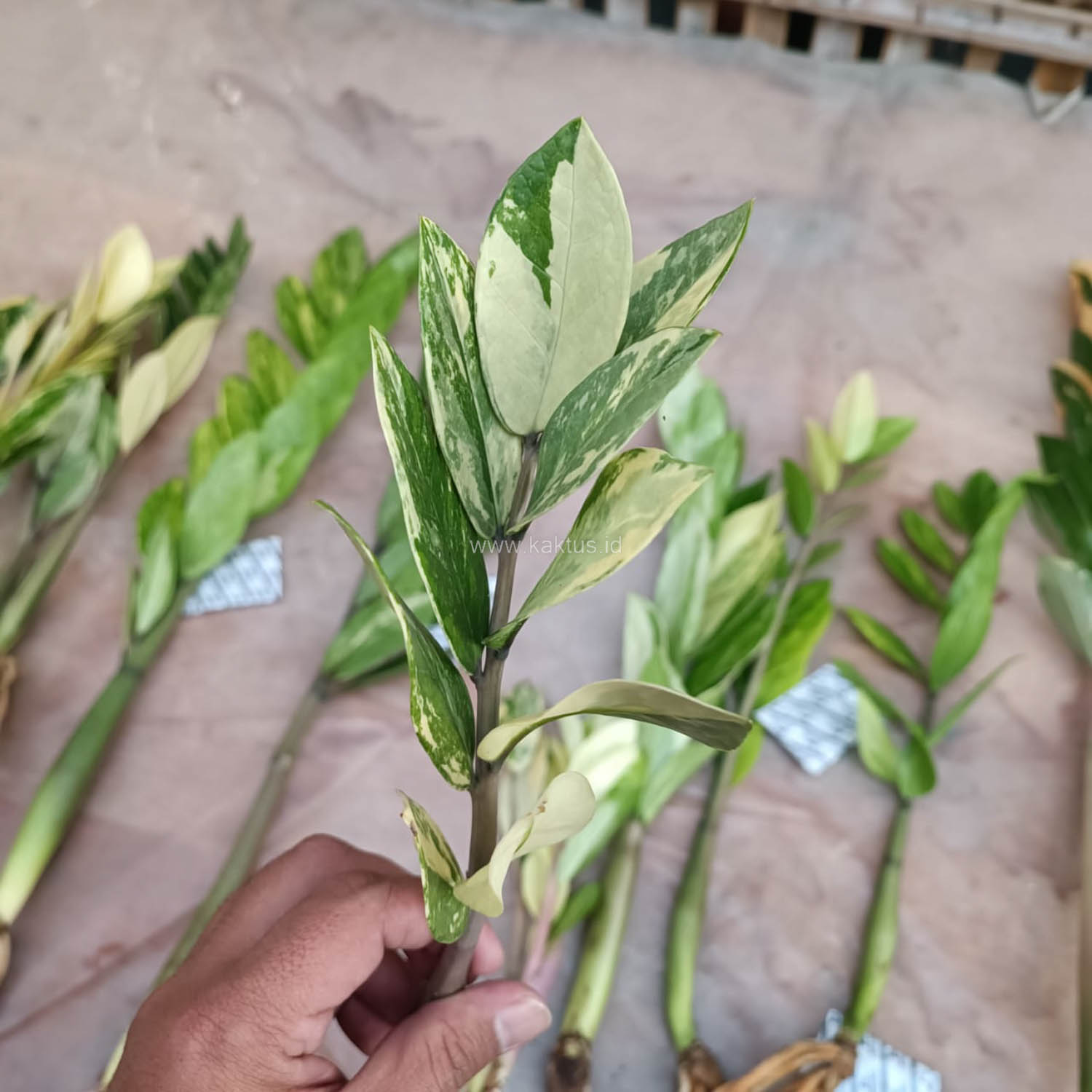











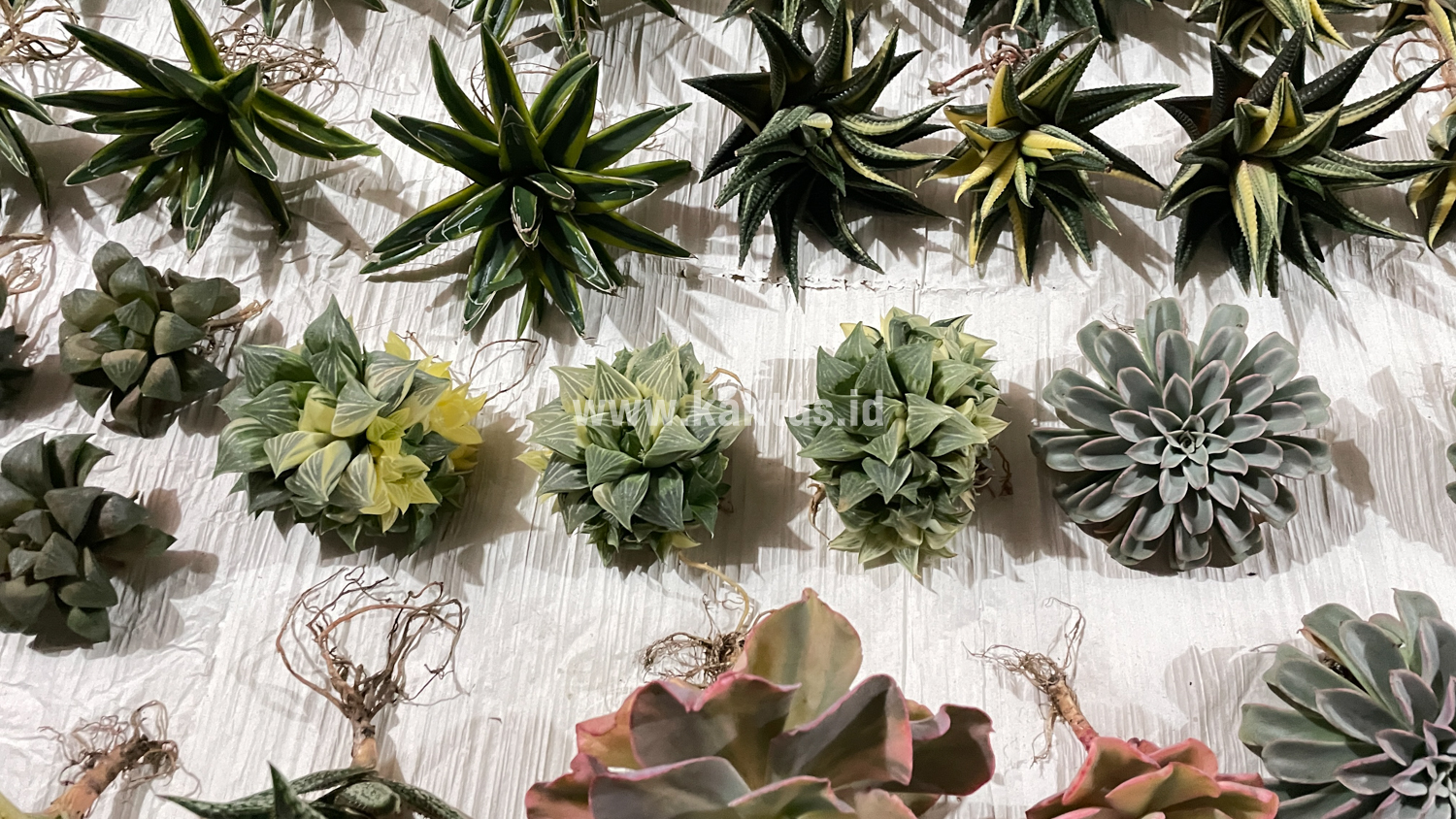







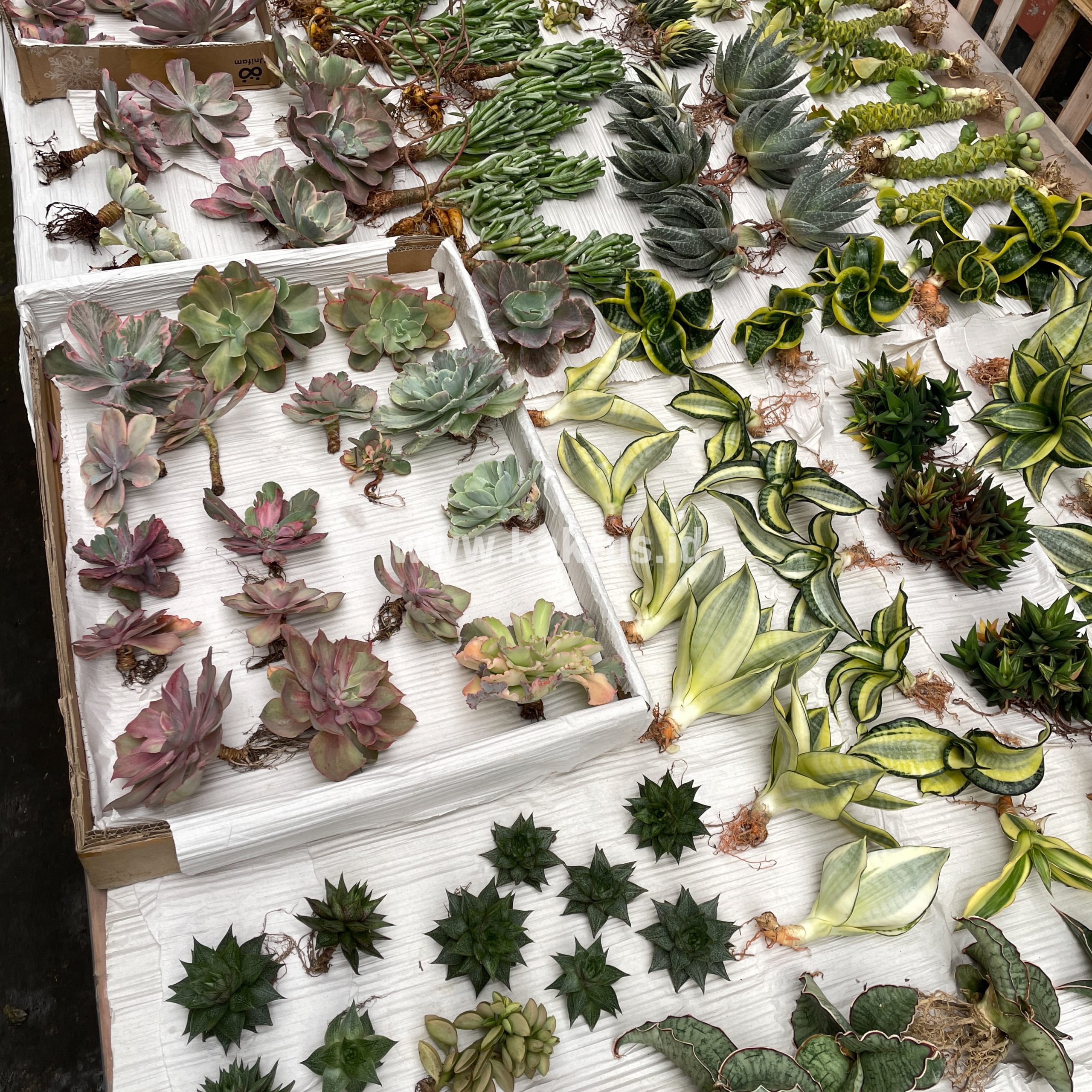






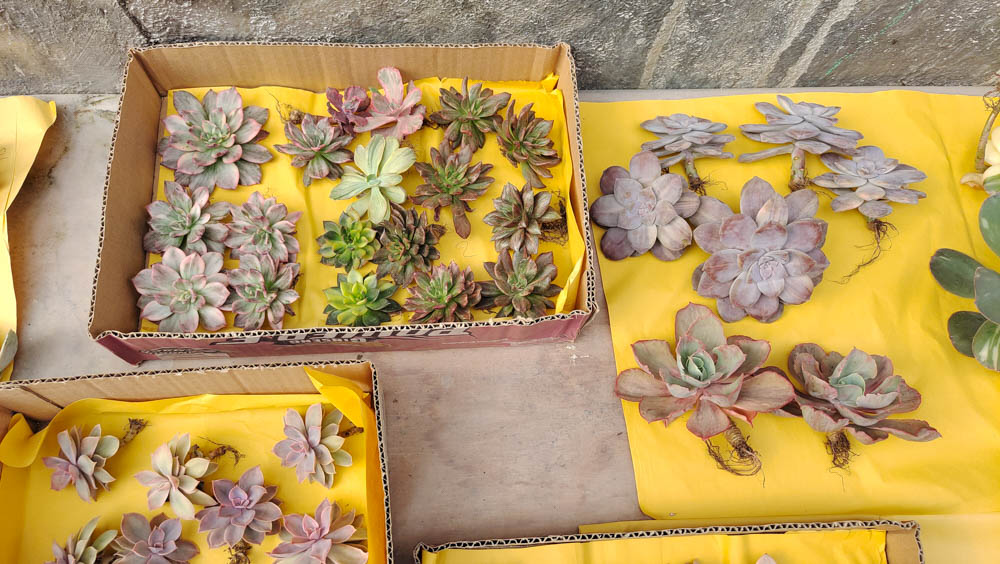









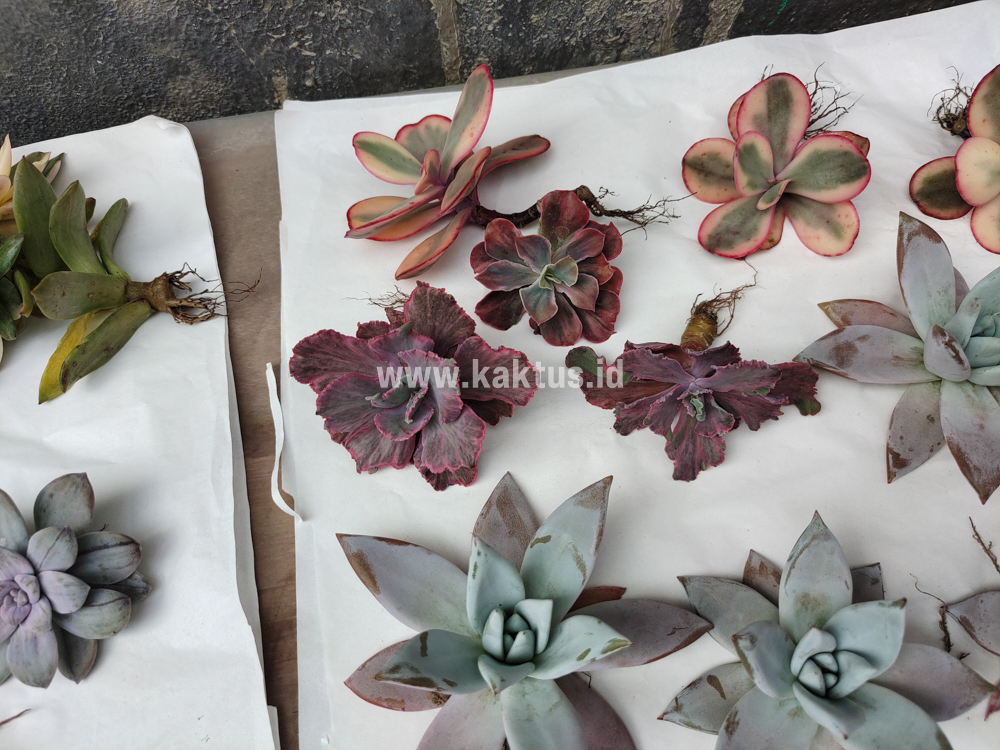

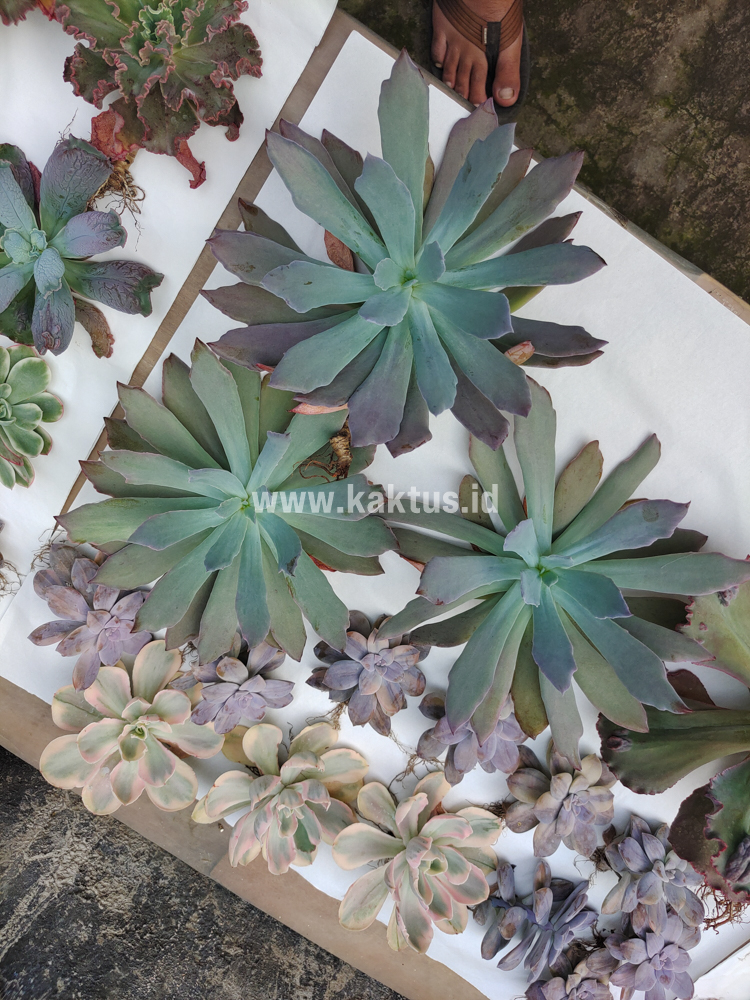








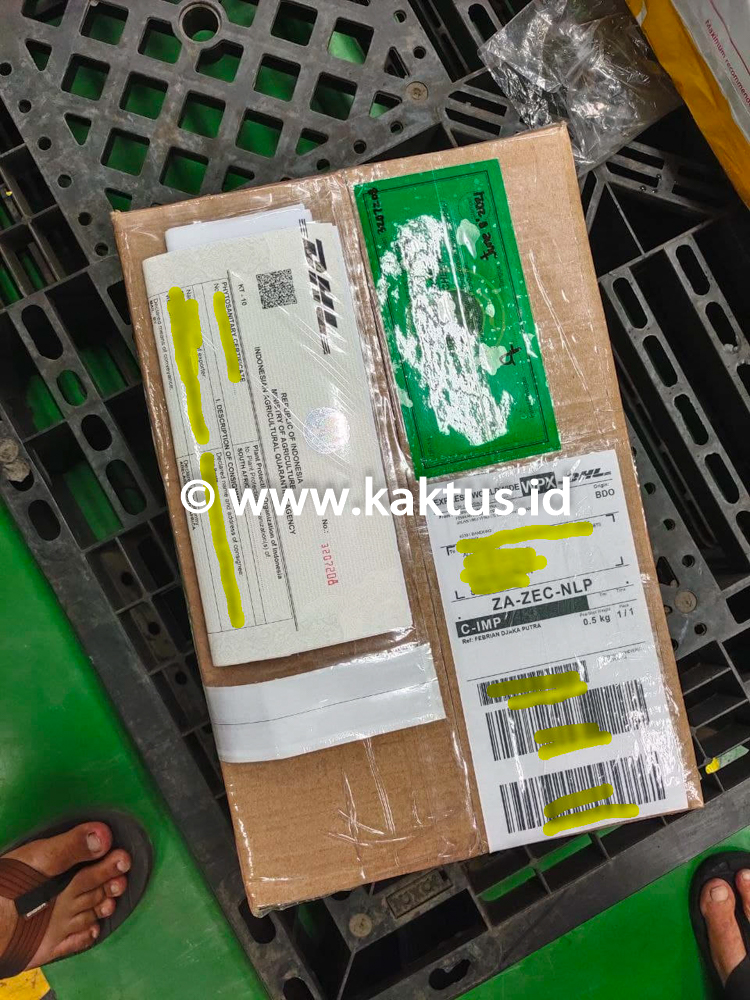























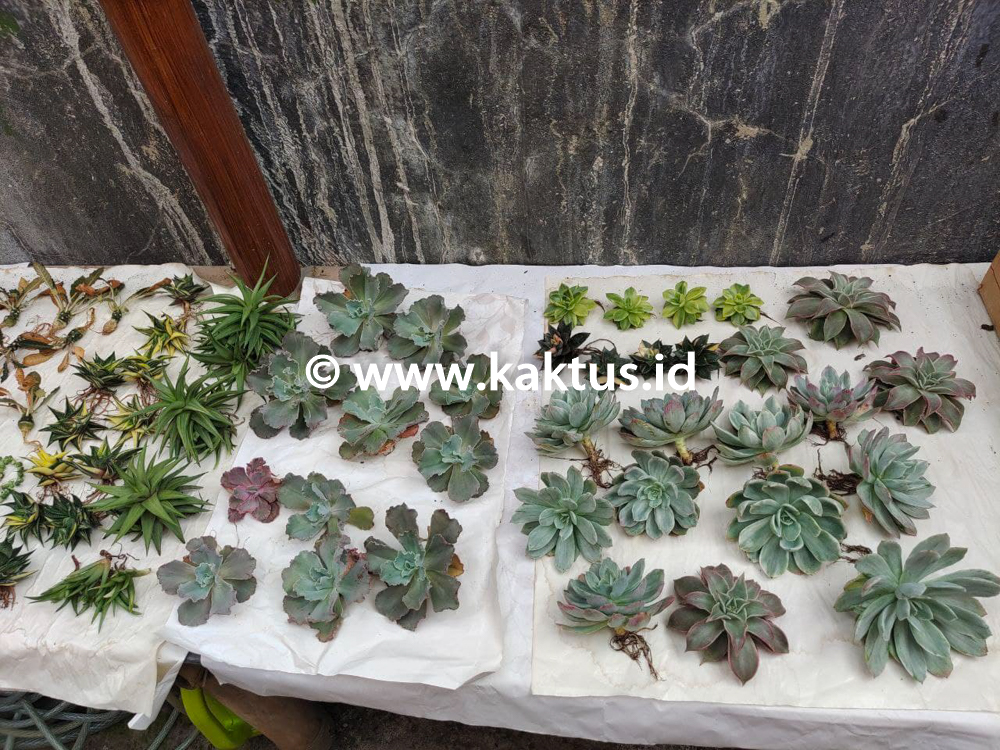










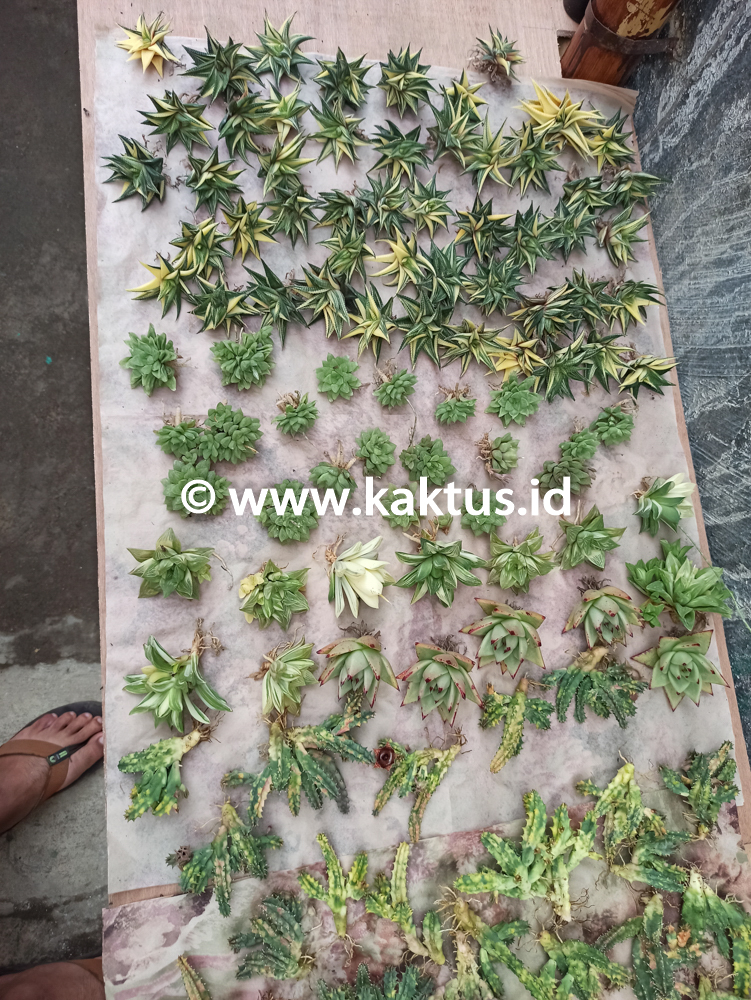



















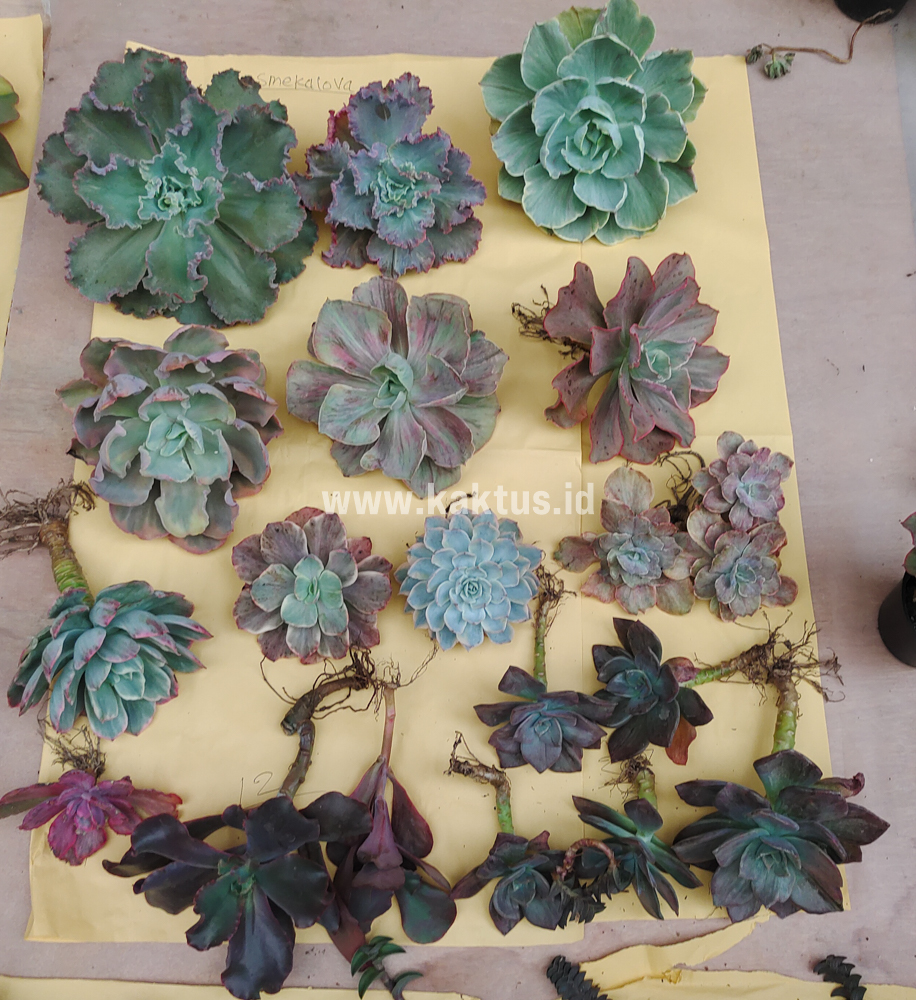
















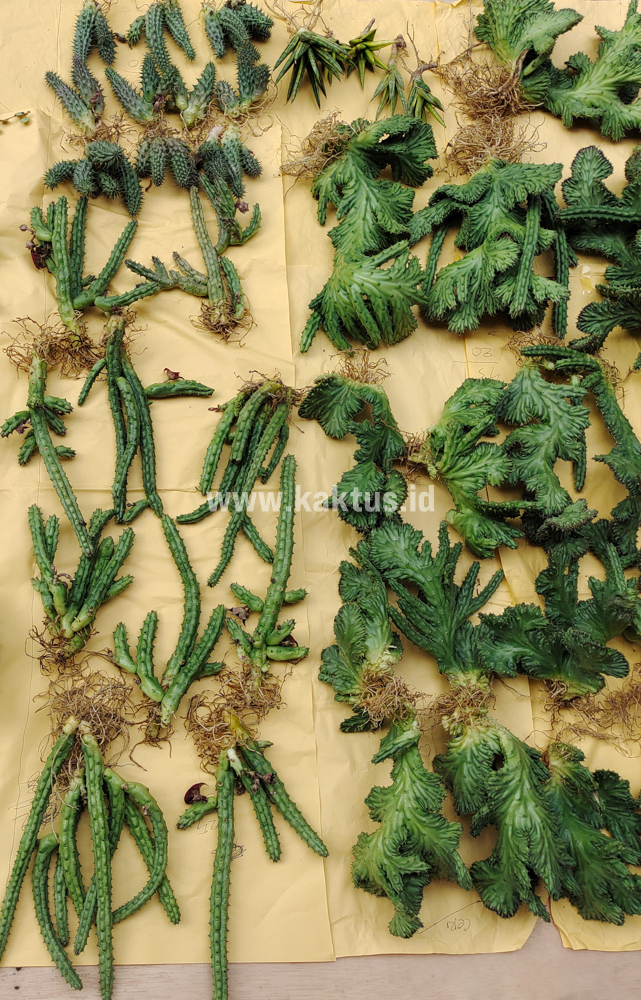

































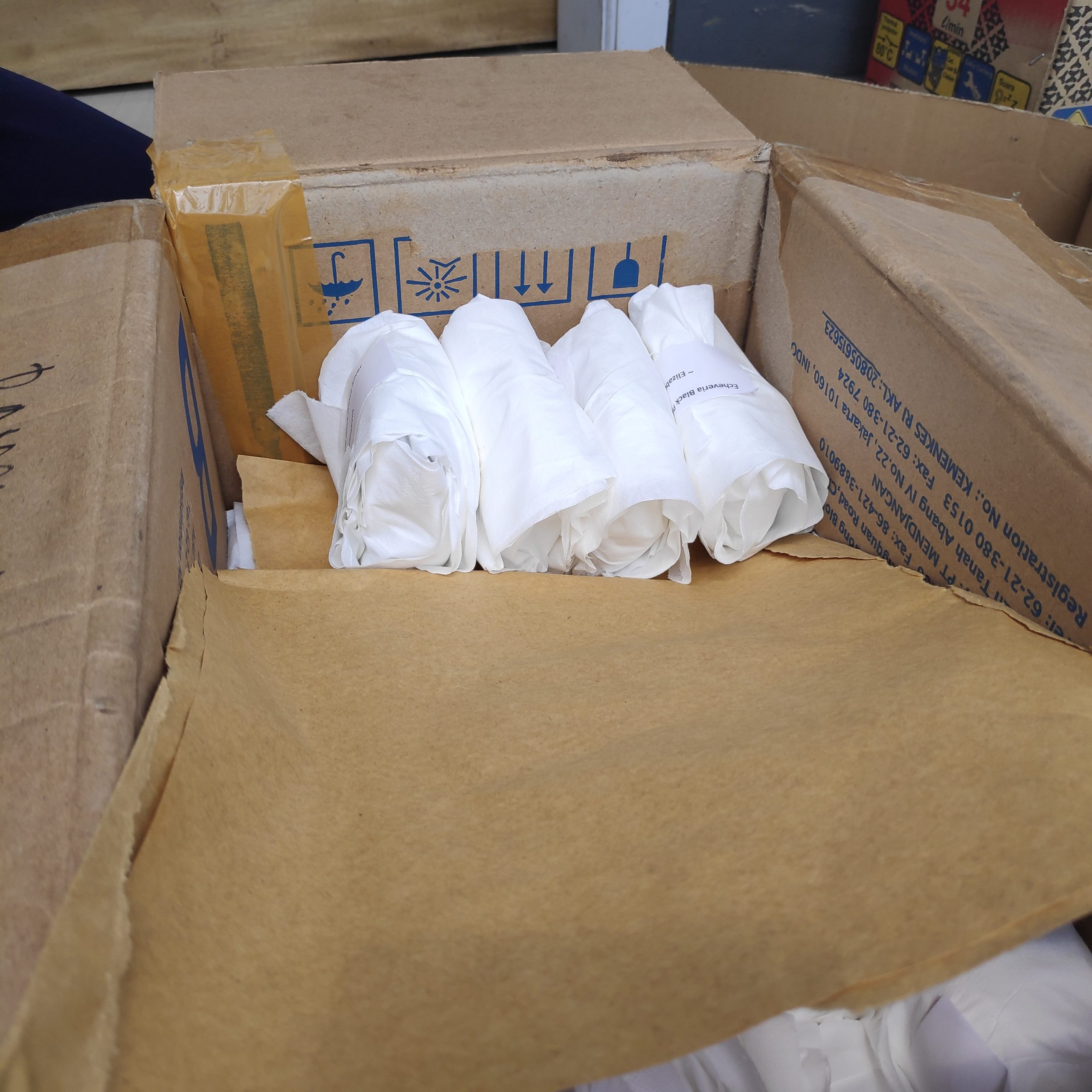











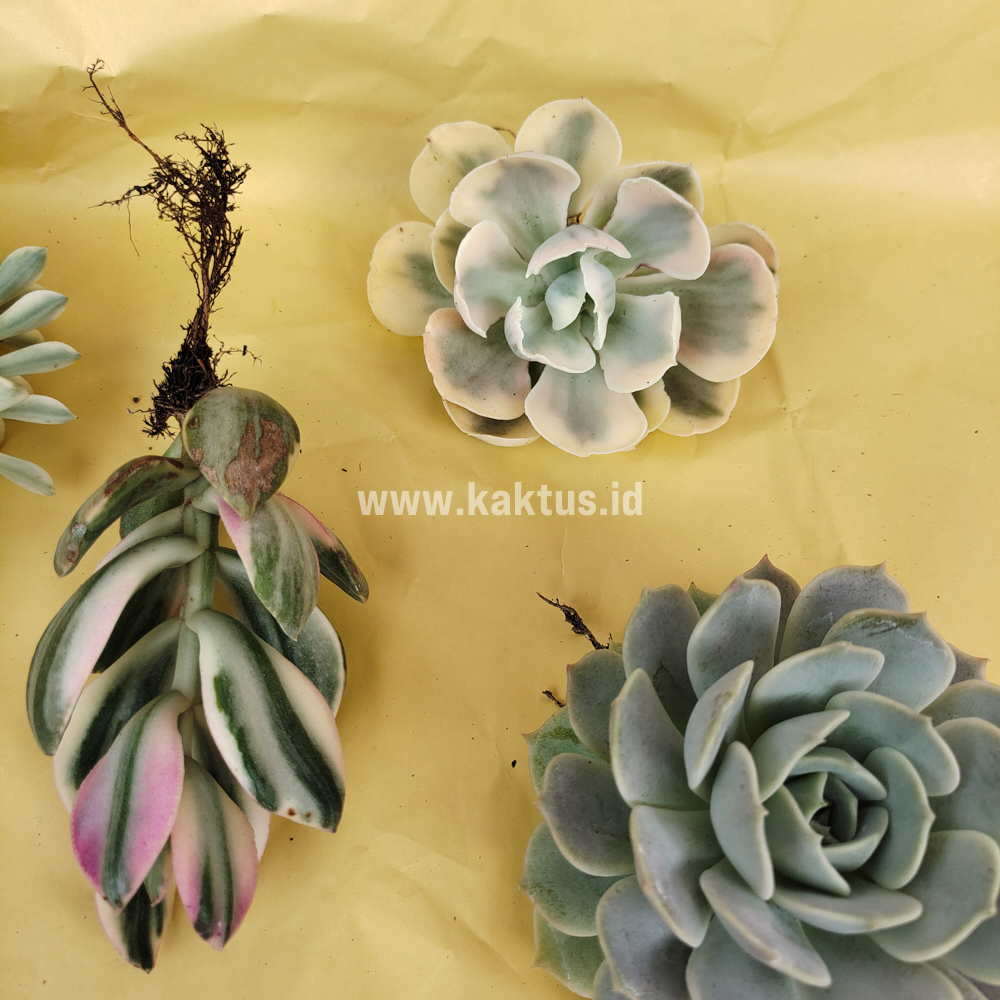



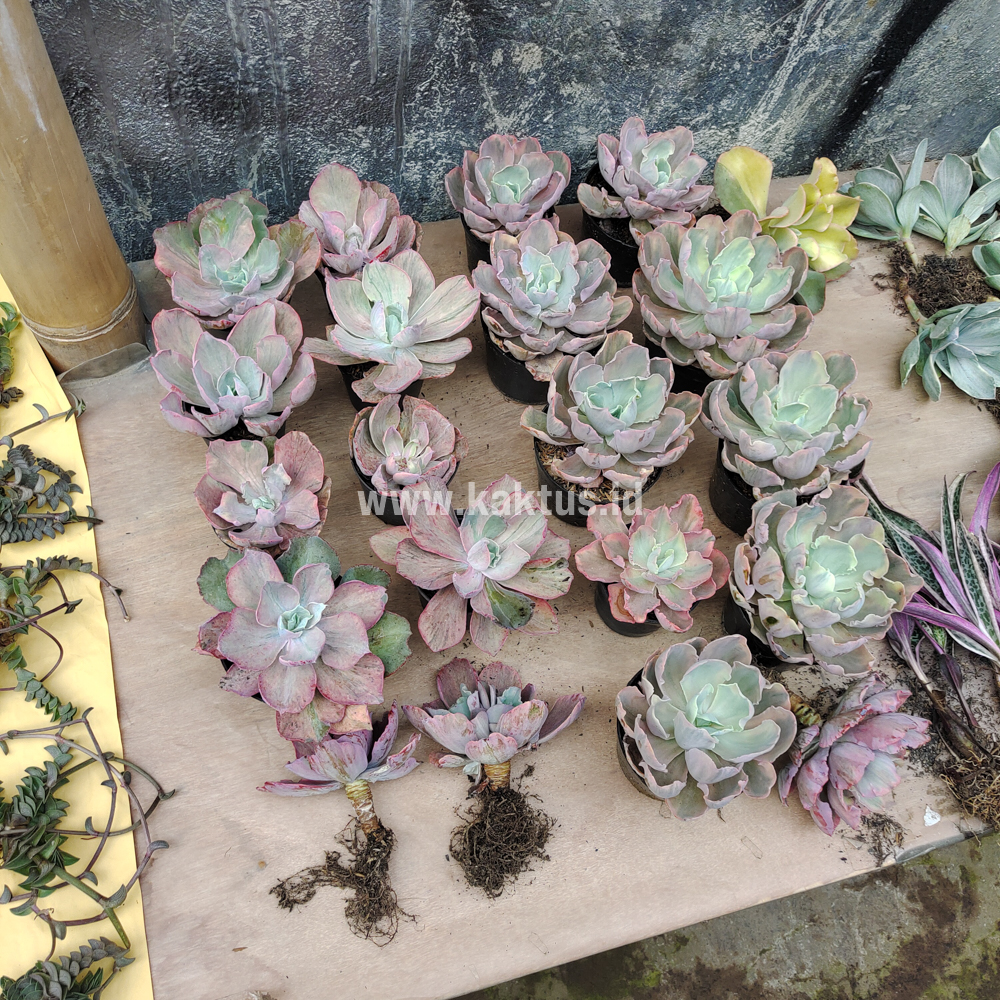










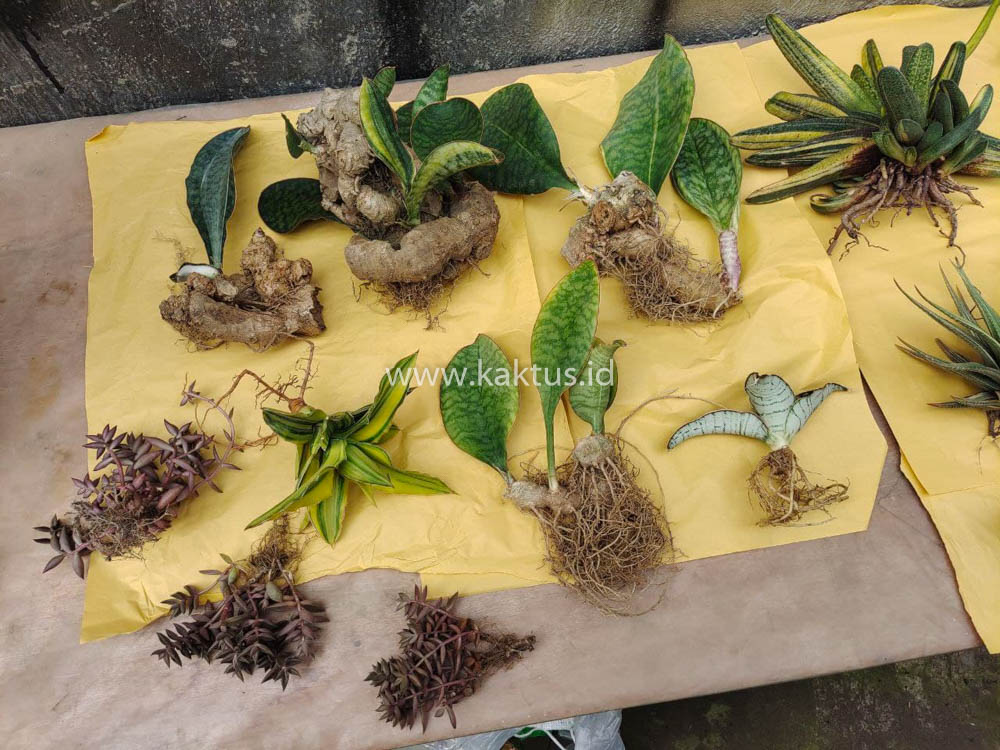








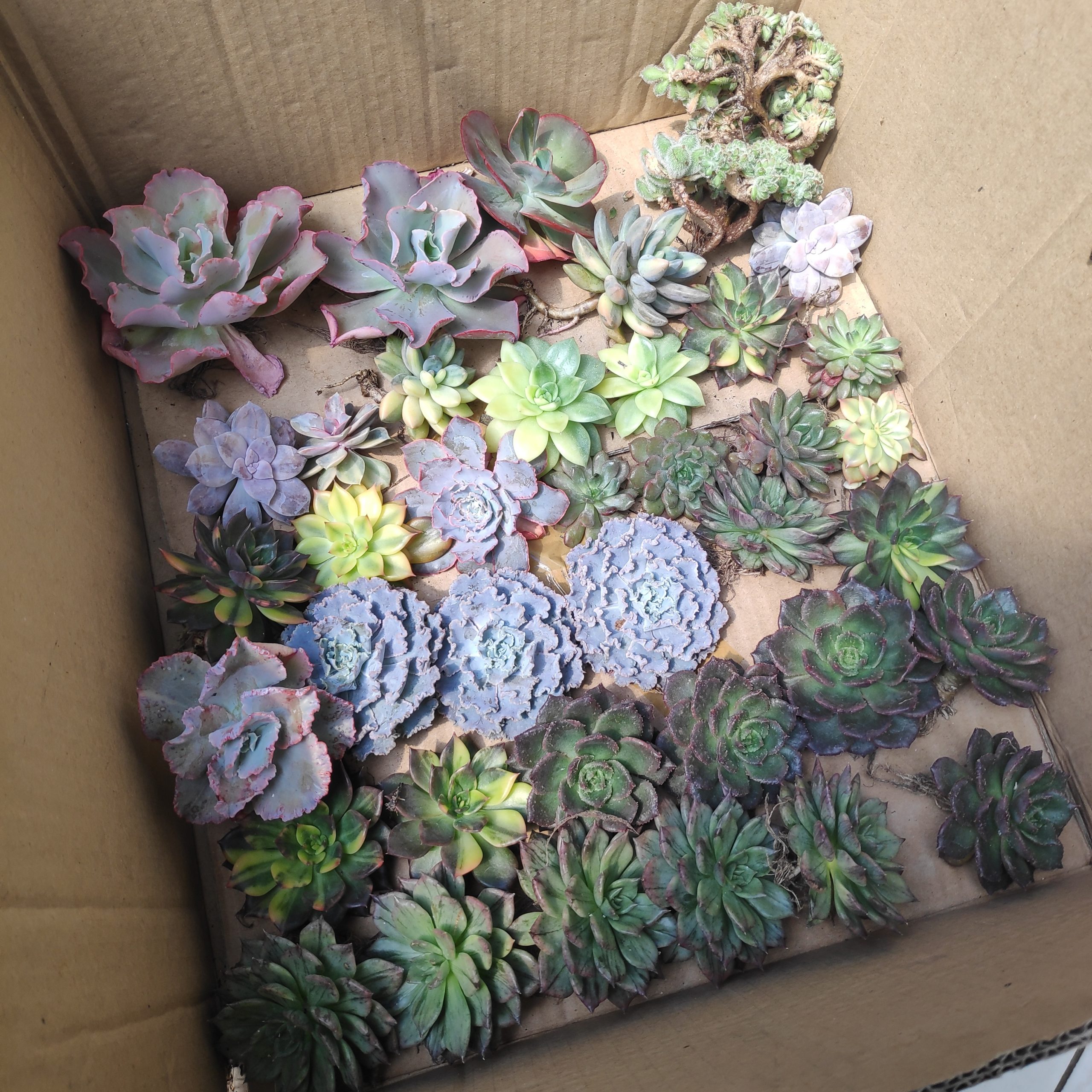











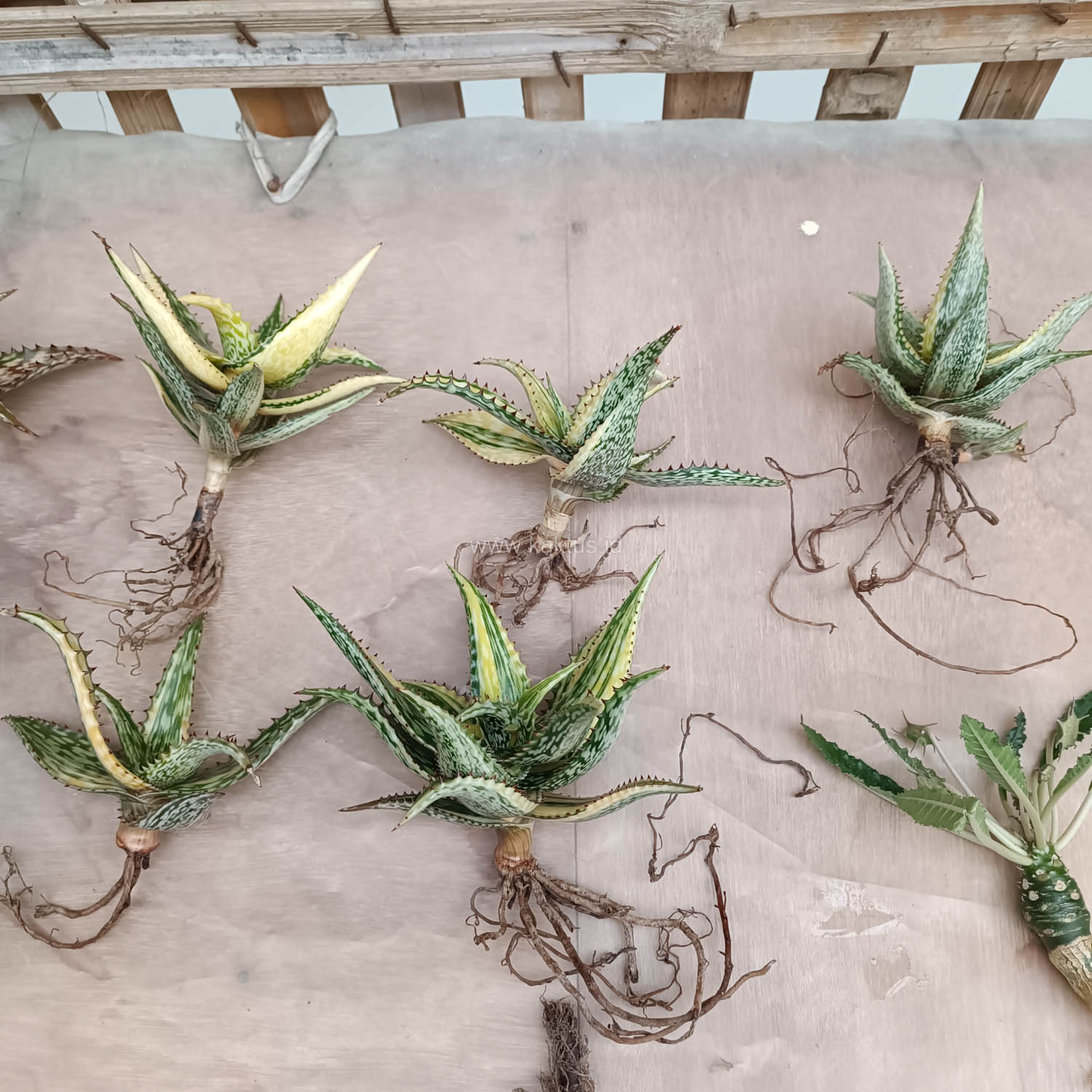




































Good stuff for that price
This “zebra” plant is my favorite so far. Arrived in time and in good condition. Lucky to order the soil as well so I hope can maintain the quality of this plant.
Tanaman “zebra” ini favorit saya. Tiba tepat waktu dan dalam kondisi bagus. Untung saja saya pesan soilnya juga, semoga saya bisa pertahankan kualitas tanaman ini.
Good
I love this succulent online shop! There are many unique succulent choices. My order was processed quickly. The seller is easy to contact and very communicative. This is my first time buying succulent outside my country. My succulent arrived safely this morning.
Bagus